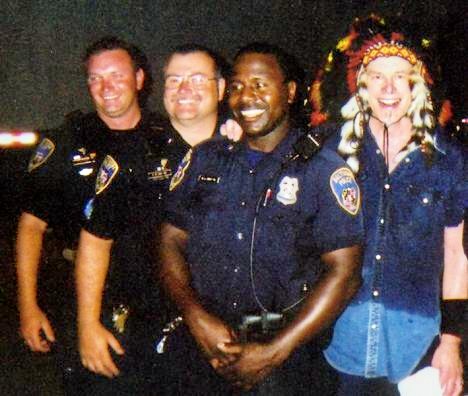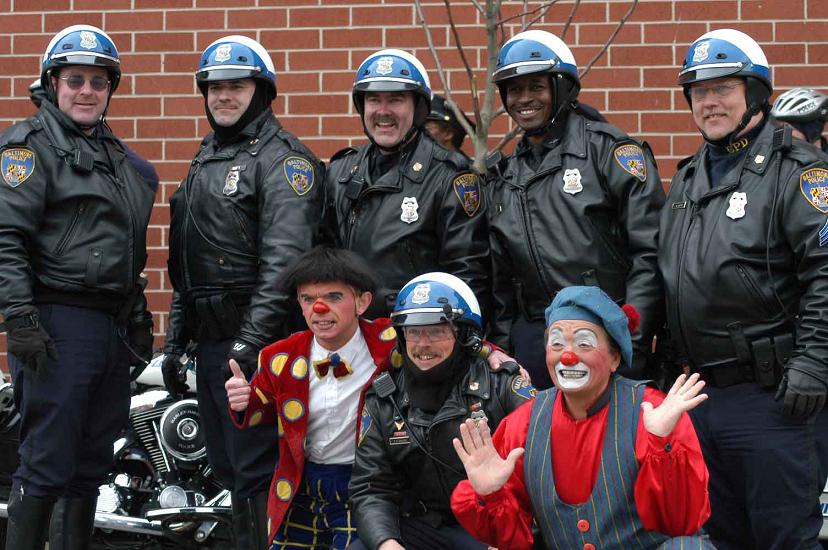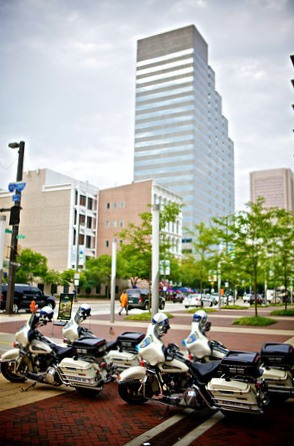Baltimore City Police Motors Unit
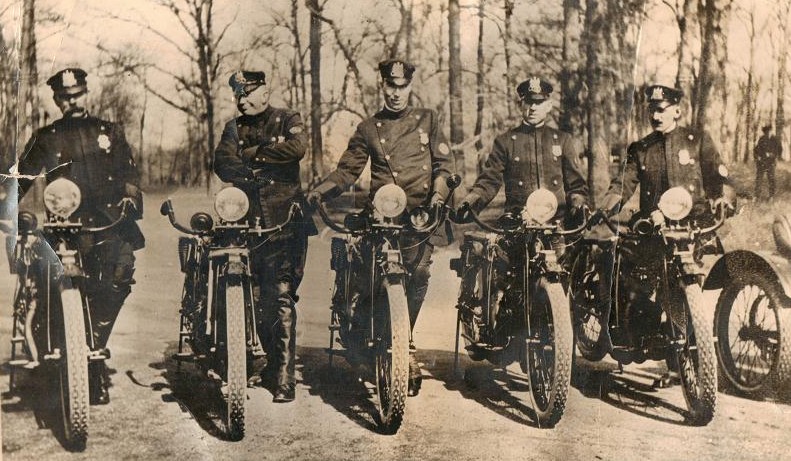
Baltimore's was organized on May 29, 1914, consisting of 5 members of the department. From L-R: Patrolman Schleigh, Bateman, Pepersack, Vocke, Louis. Patrolman George J. Louis would rise through the ranks of Sergeant, to Lieutenant and become the commander of the unit.
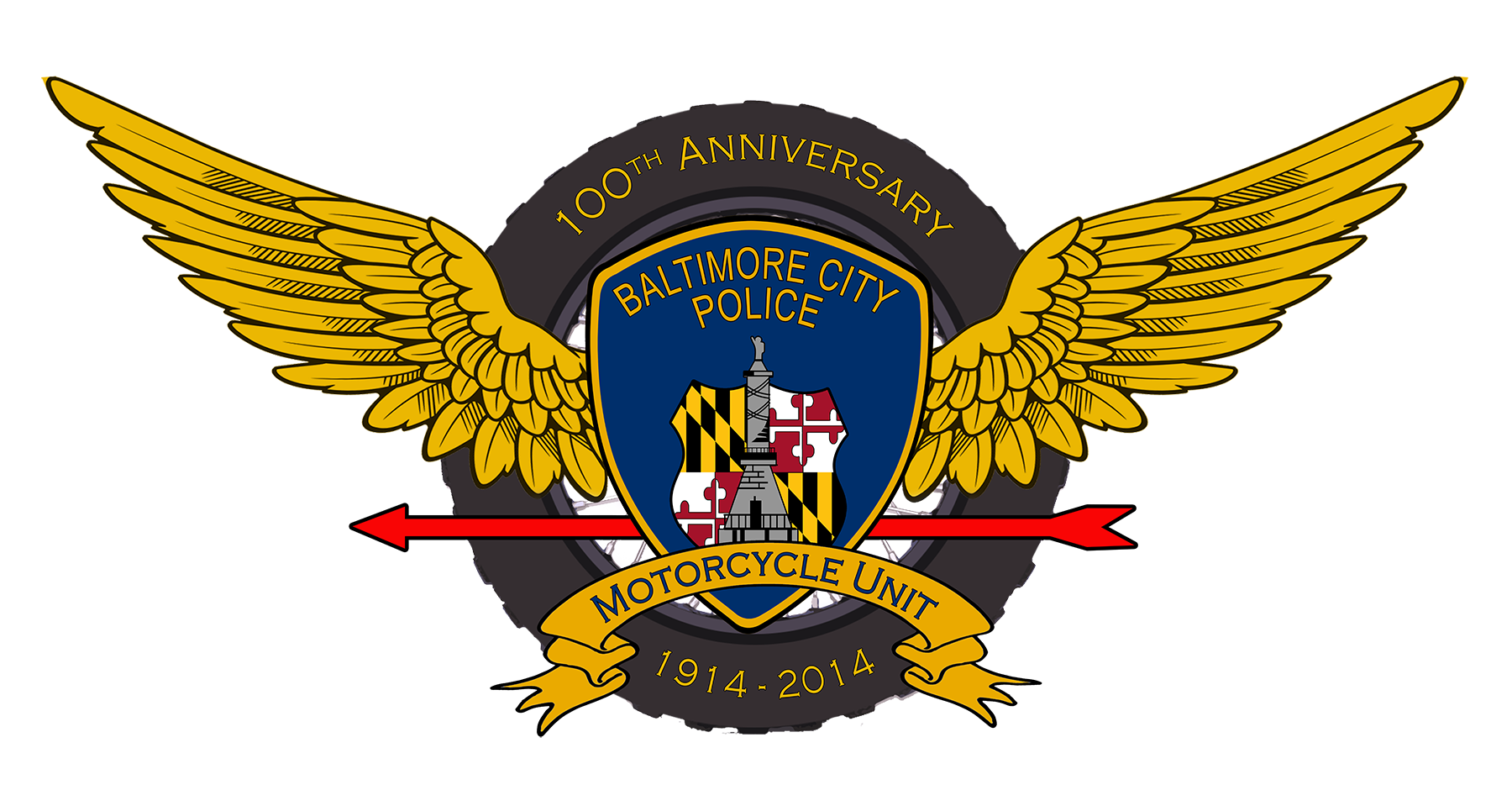
Designed by Ret Det Kenny Driscoll for use in Celebrating
The 100th Anniversary of BPD's Motor Unit
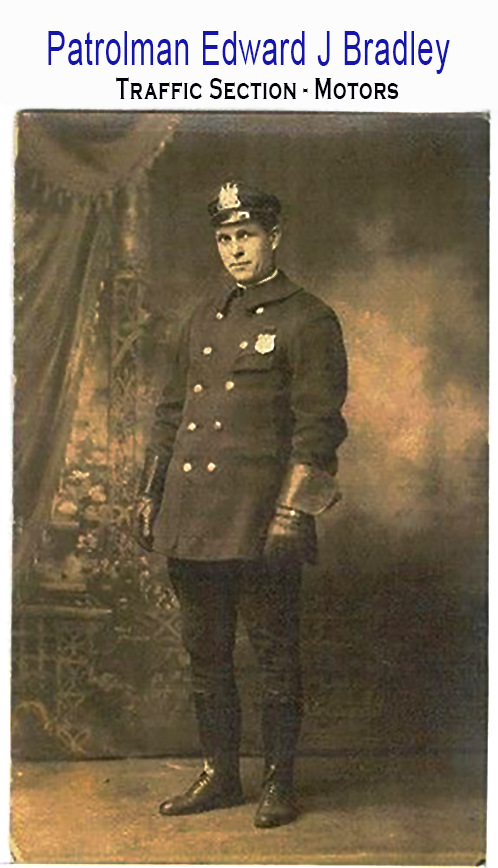
Patrolman Edward Bradley
Circa 1930s
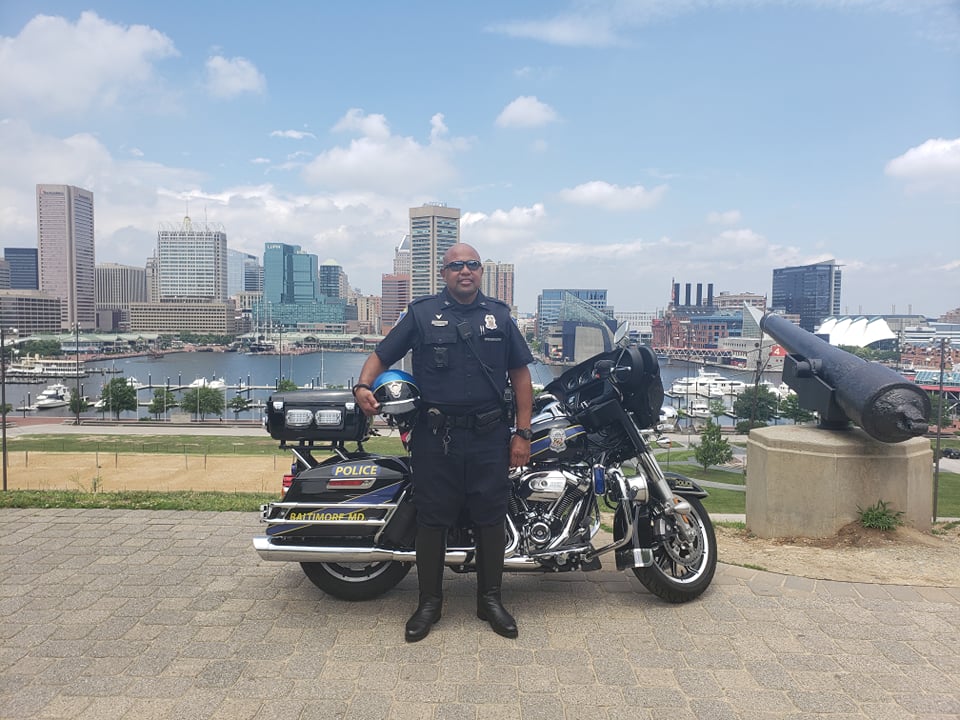
Pedro Vargas
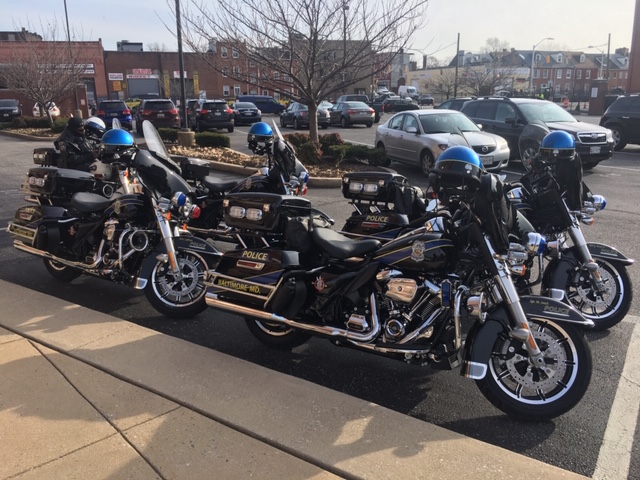
Courtesy McKinley Smith
December 2018

Courtesy McKinley Smith
December 2018

Courtesy McKinley Smith
December 2018
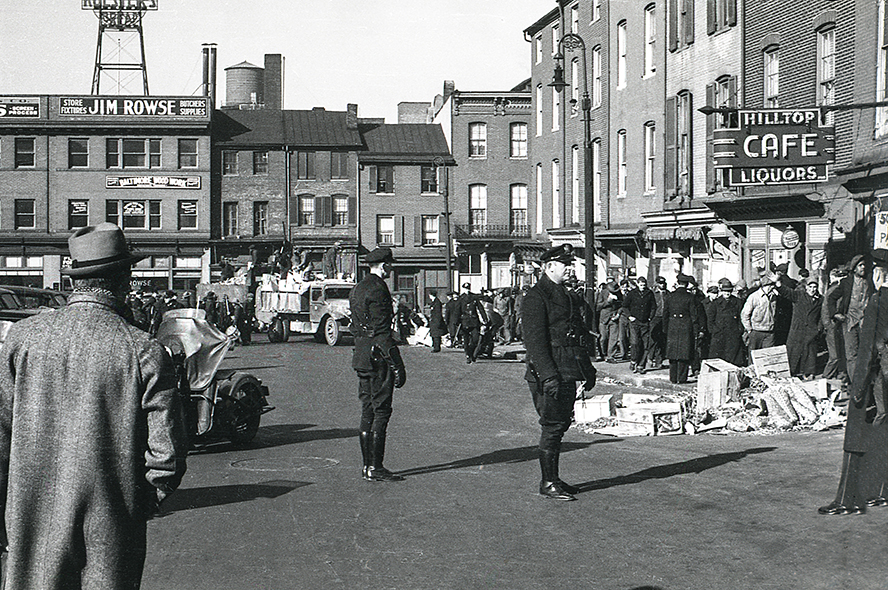
Courtesy Eli Alaman
1940s strike, Baltimore Police

Courtesy Eli Alaman
1940s strike, Baltimore Police
 Courtesy Eli Alaman
Courtesy Eli Alaman
1940s strike, Baltimore Police
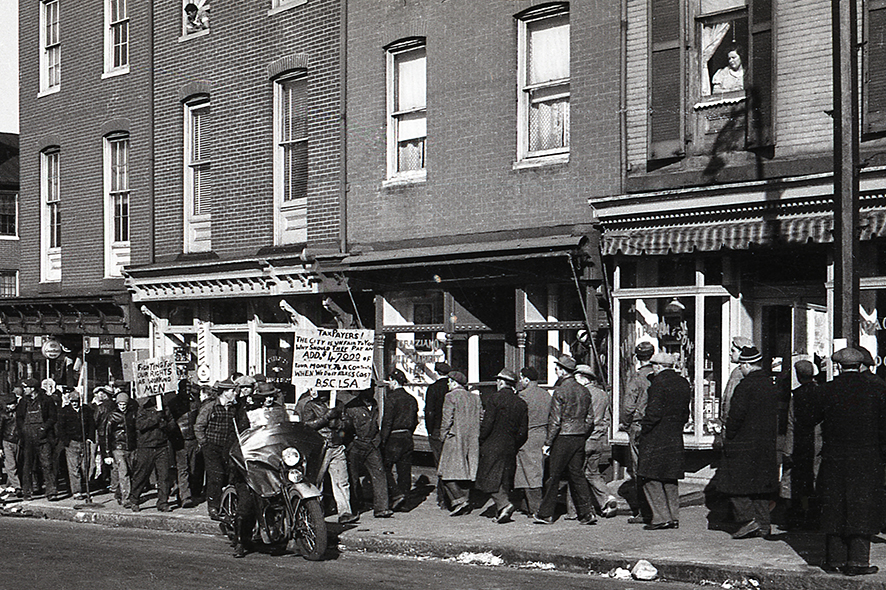 Courtesy Eli Alaman
Courtesy Eli Alaman
1940s strike, Baltimore Police
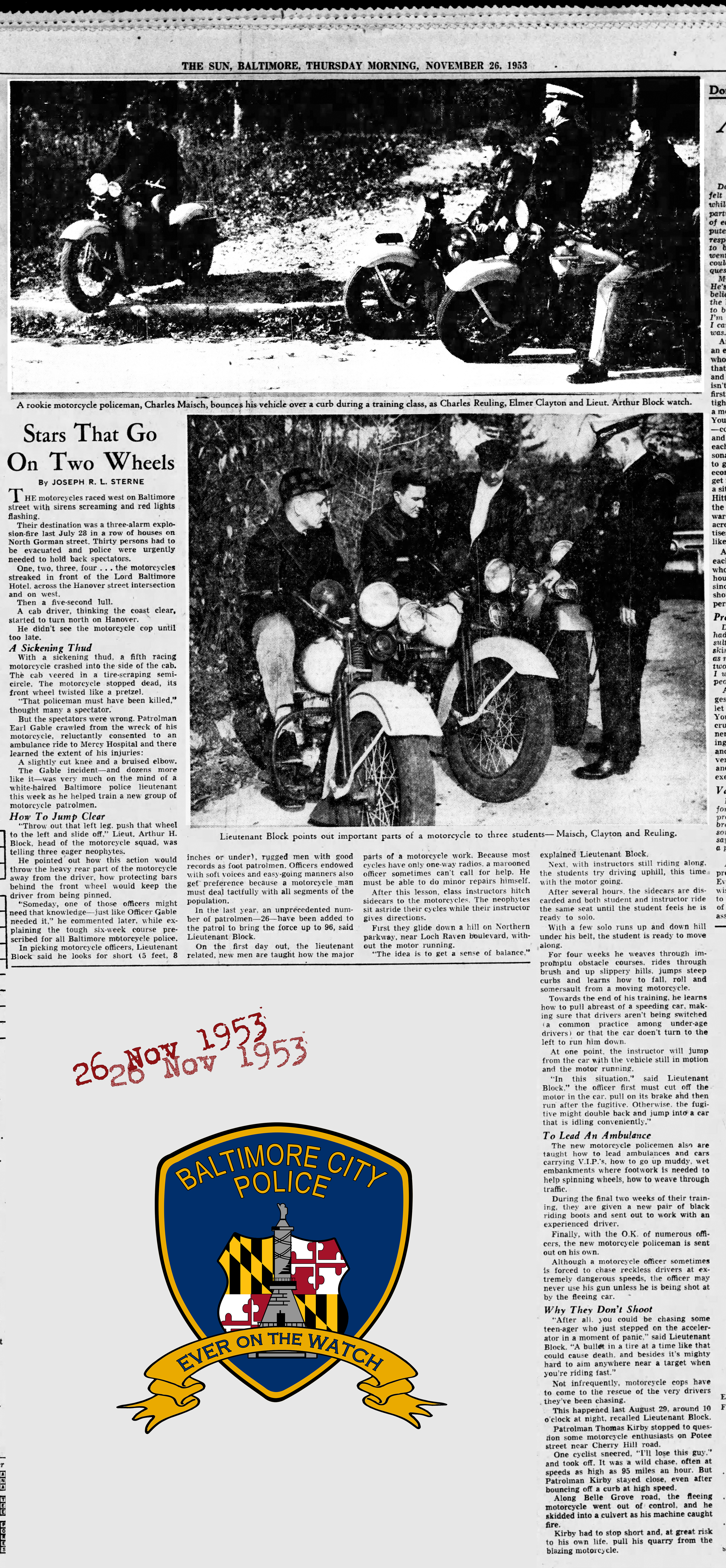 To see full size CLICK above Image or Click HERE
To see full size CLICK above Image or Click HERE

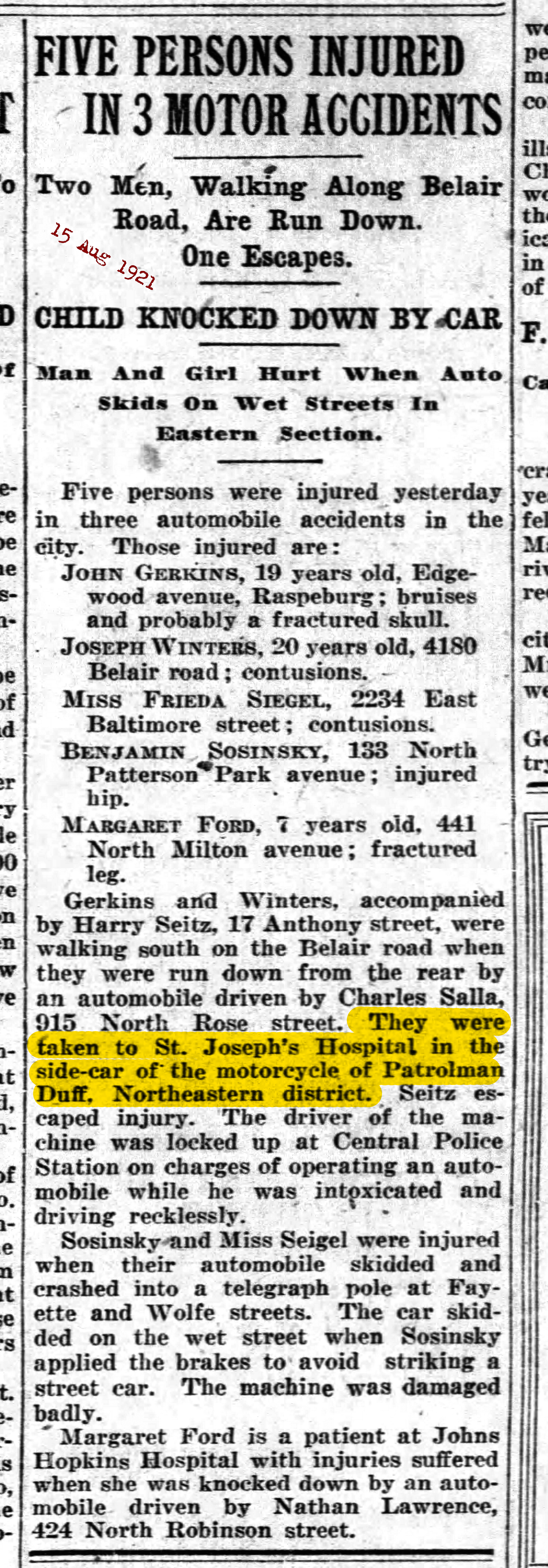
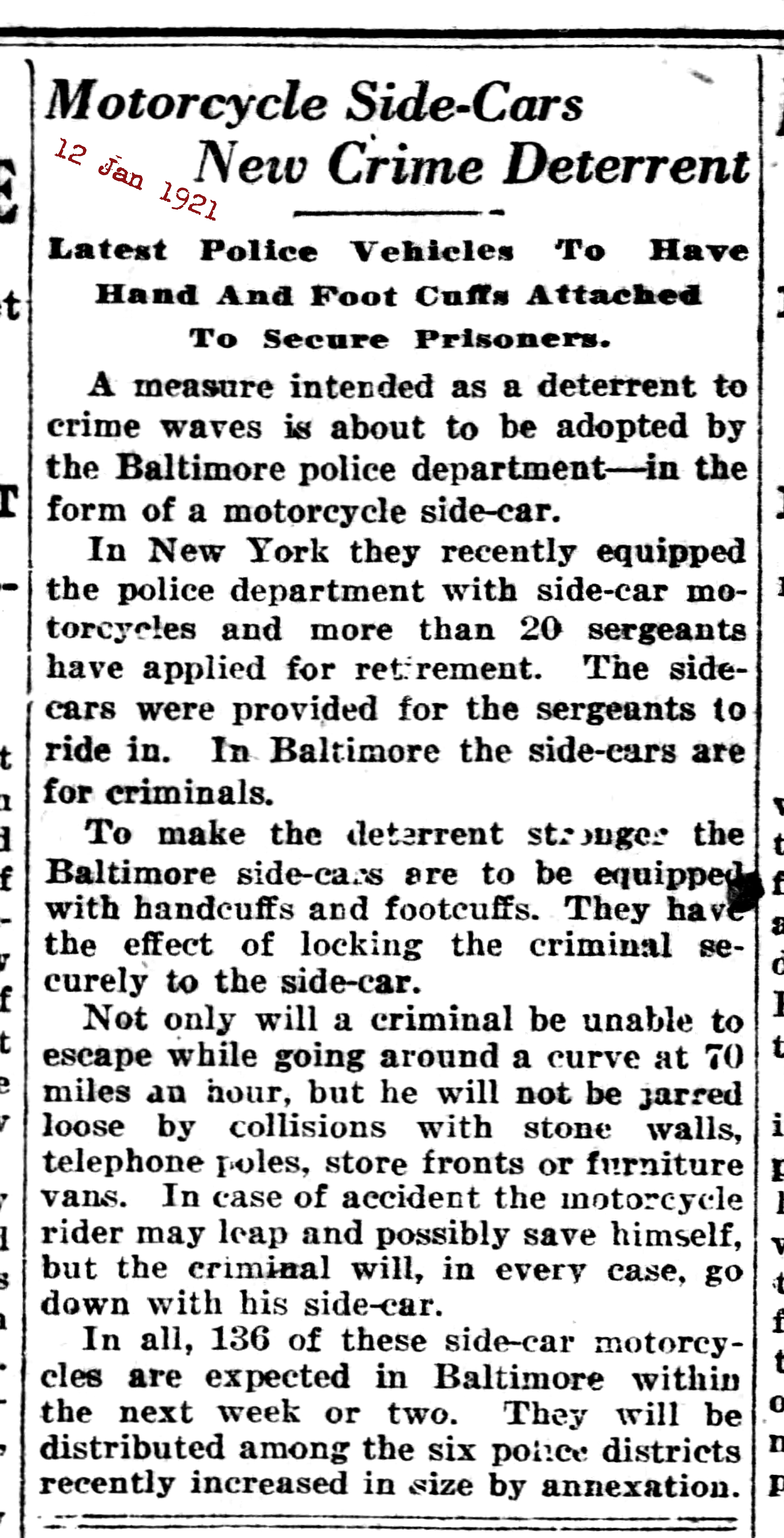
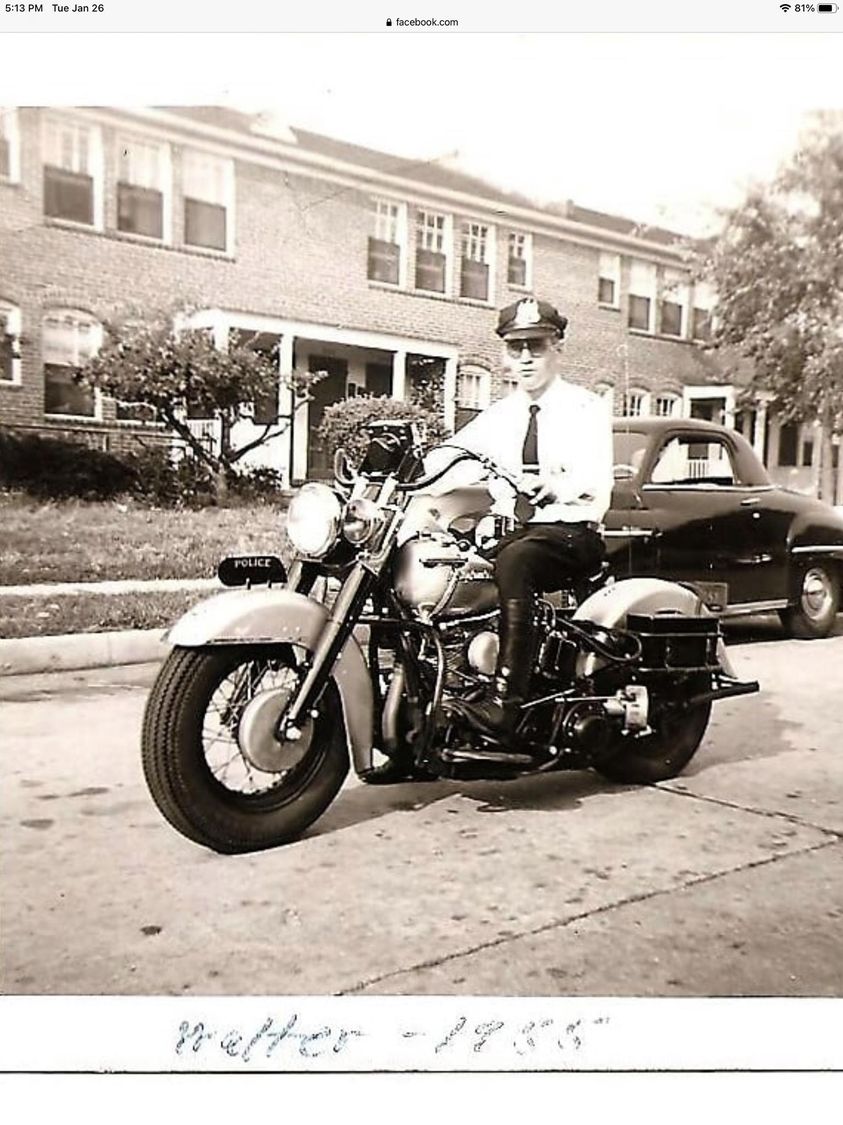
Walter "Mac" McGovern

Courtesy John Heiderman
Pat Newman

The Evening Sun Wed 5 Nov 1947

CLICK TO SEE FULL SIZE ARTICLE
The Baltimore Sun Sunday 4 Apr 1920
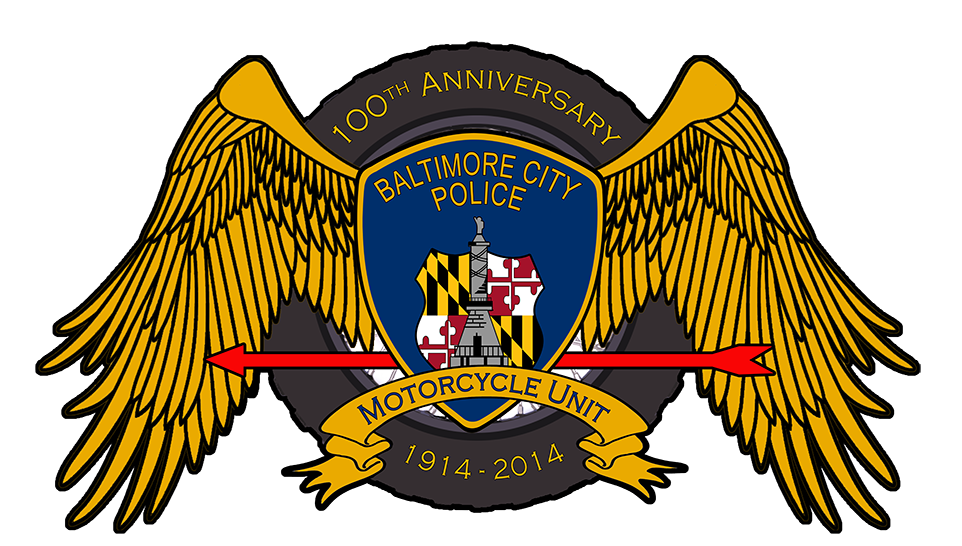
Designed by Ret Det Kenny Driscoll for use in Celebrating
The 100th Anniversary of BPD's Motor Unit
As you can see Ken made an "Open Winged" and a "Closed Winged" version

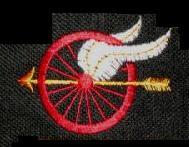
The patch seen most often worn by members of the "Motors Unit" depicting a "Wheel" with an "Arrow" and "Wings", has long been said to stand for the riders as being "Straight as an Arrow" and "Free as a Bird"
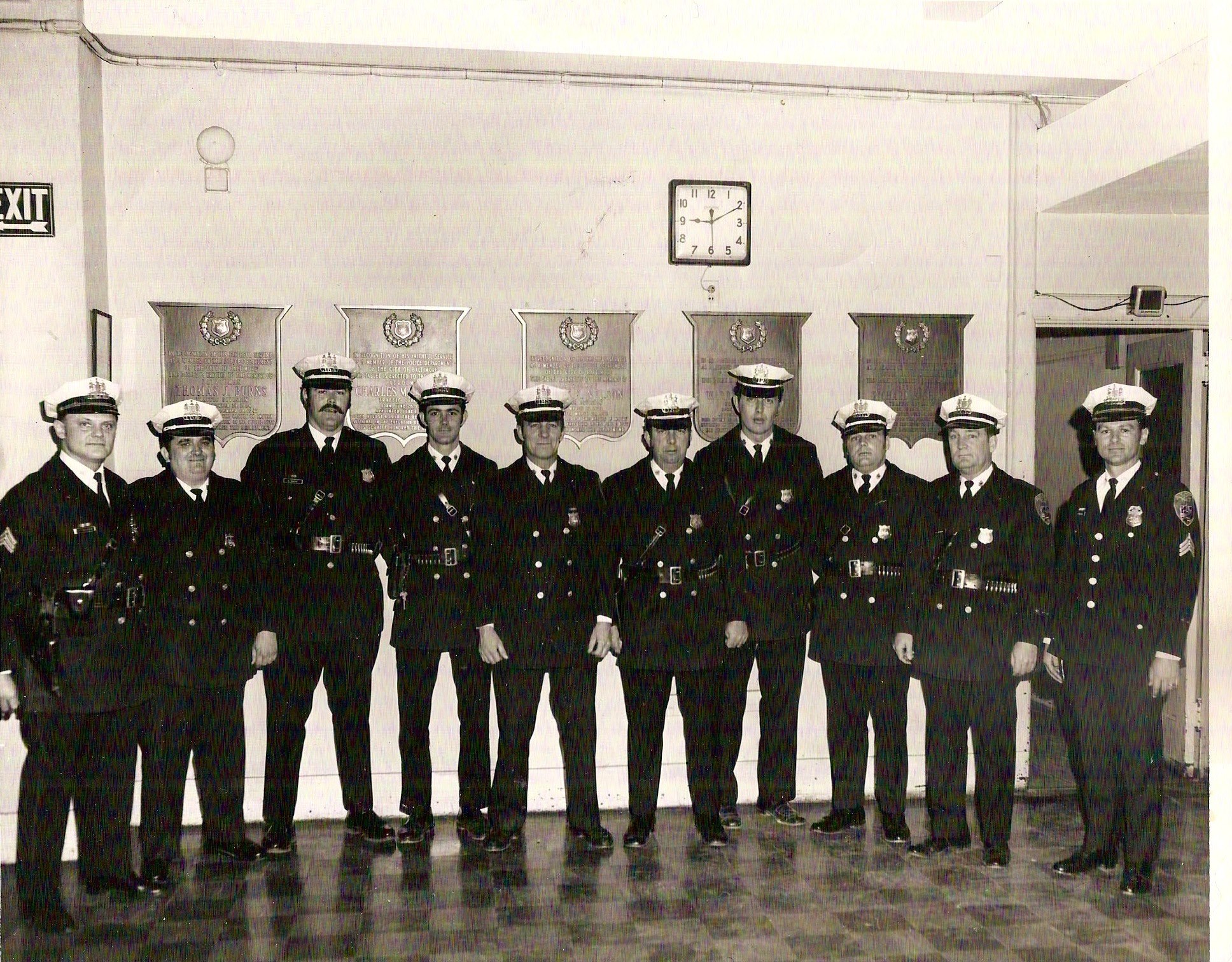
Courtesy JoAnn Oliphant Voelker
1972 Motors Unit
Left to Right. Sgt. Unk. - Officer Ronald Neff - Officer Charles Richter - Unkown Officer - Officer James Pate - Officer Arthur "Otts" Bailey - Unknown officer - Officer Richard Bernhart - Officer Robert Gay - Sgt. Michael Timchula.
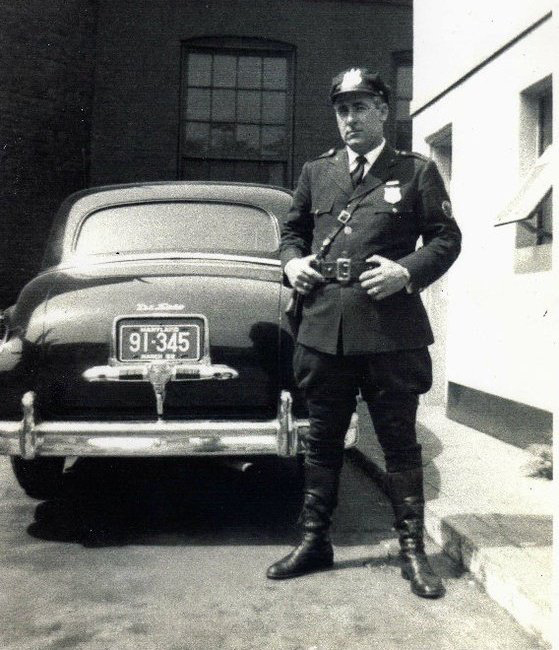
Courtesy Cliff Keerans

Courtesy Cliff Keerans
P/O Ernie Keerans was better known as "Grey Hairs."

Courtesy Cliff Keerans
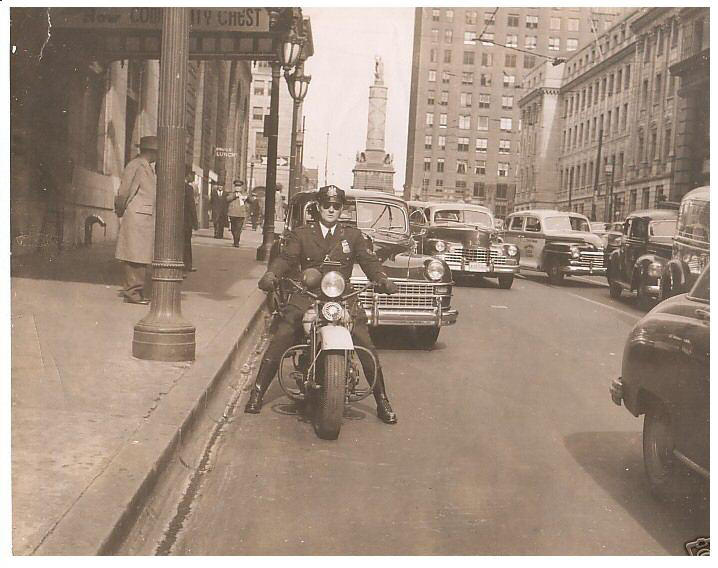
Courtesy Cliff Keerans
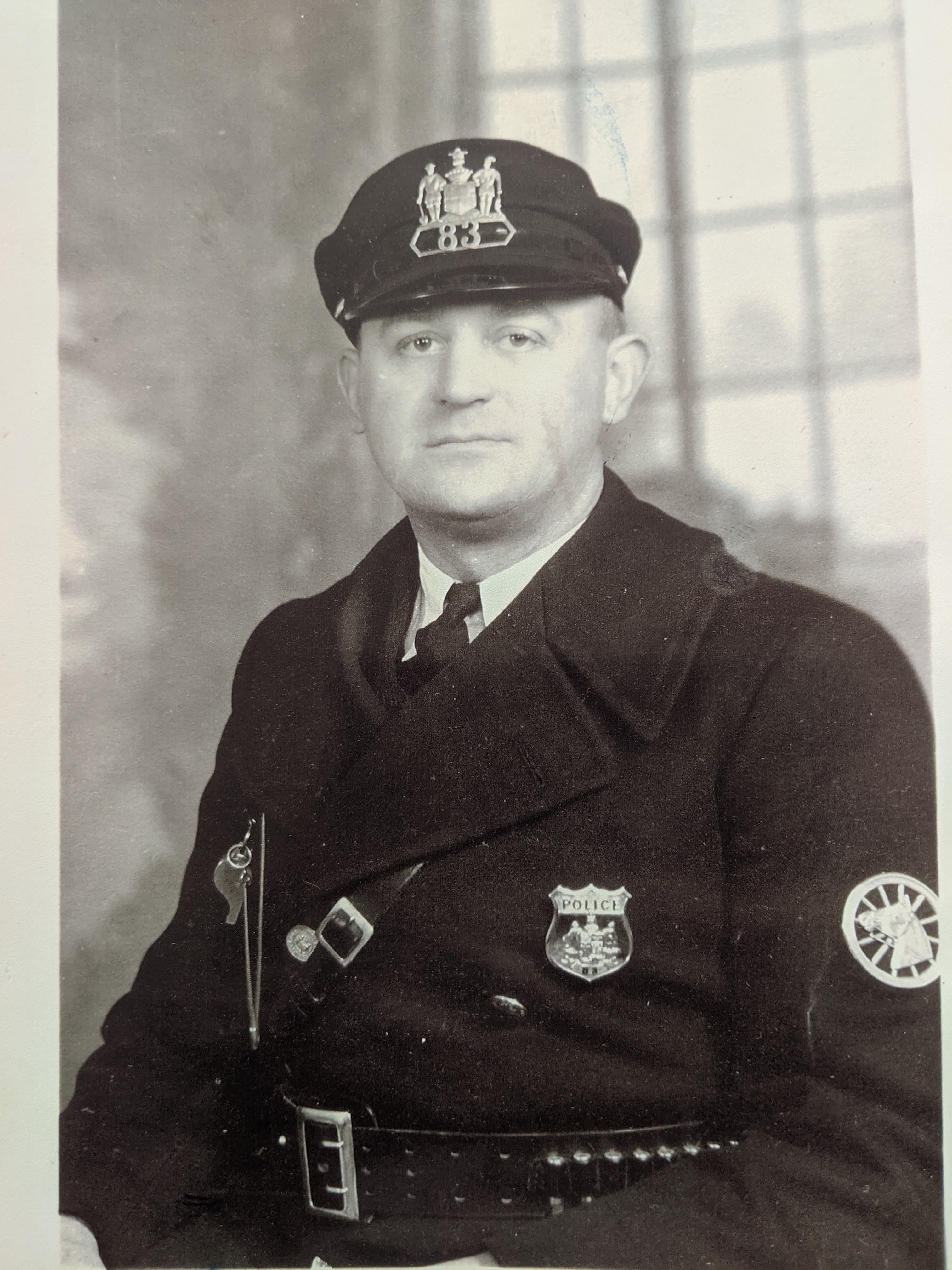
William Henry Moudry
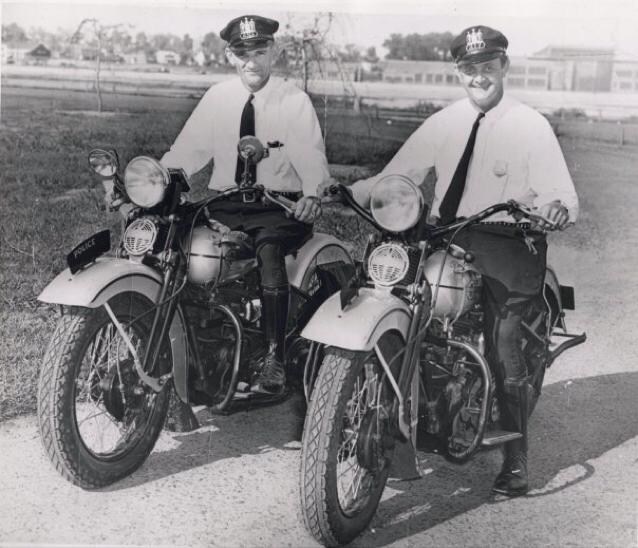
Courtesy Bill Bowen
Elmer Bowen and Unknown Partner 1940's

Courtesy John Heiderman
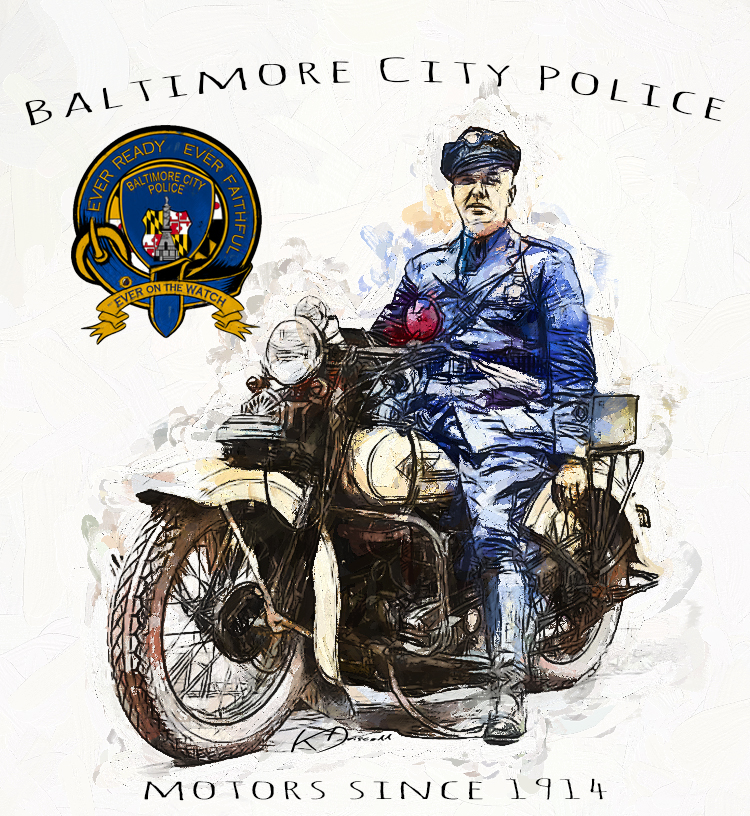
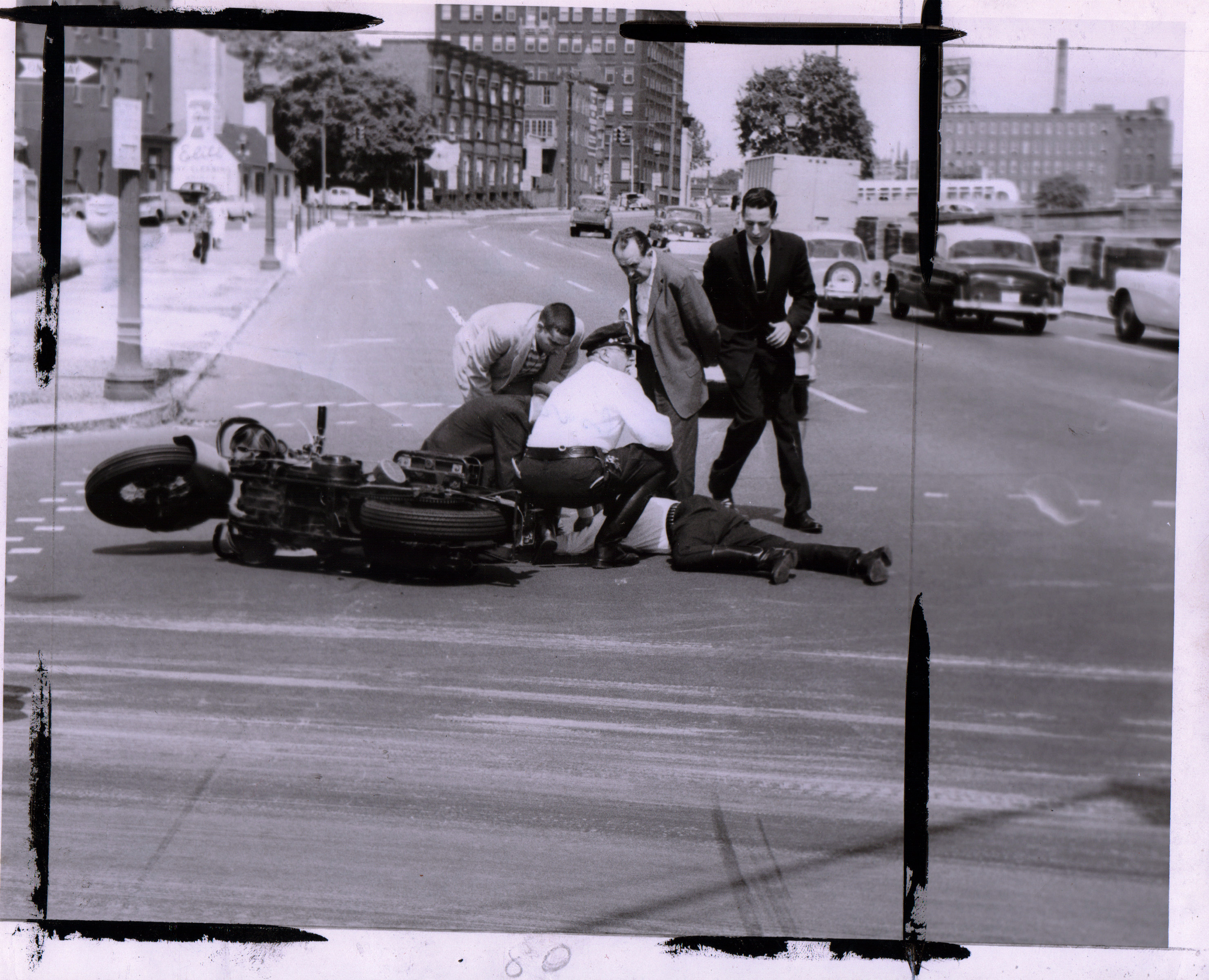
Pennewell 1958

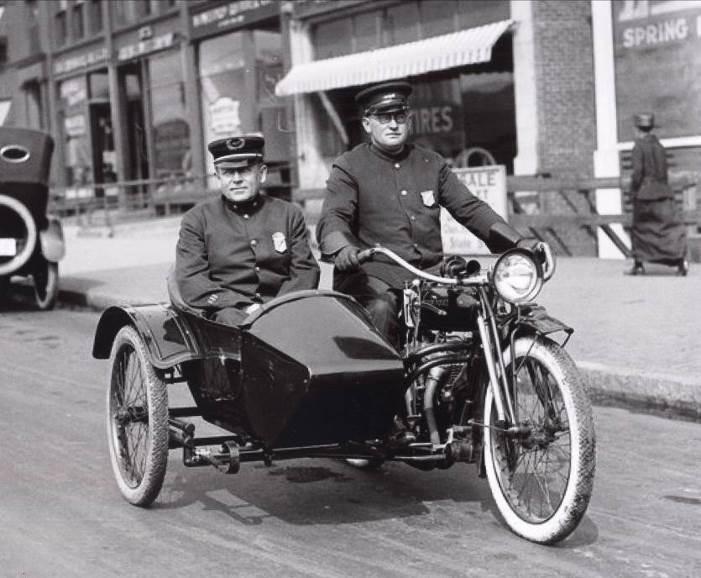 This is not a Baltimore Motorcycle and Sidecar
This is not a Baltimore Motorcycle and Sidecar
It is, however, a 1919 Indian with Sidecar
Police Issue of the type, we would have Used
Motor Police Named
20 March 1919 [Thursday]
24 Will Compose New Division for Patrolling Annex
System Effective Today
Plan to Put Young Men in Charge of Machine Necessitate Many Transfers
Twenty-four motorcycle patrolmen, composing the new motor division for policing the Annex. were named to the Police Board yesterday by Marshall Carter upon the recommendation of Deputy Marshal House and at the same time, a score of transfers of patrolman from their old districts to the Annex was officially made by the board. The transferred became necessary to execute the plans of the Police Board and placing young, efficient men in charge of the motorcycles equipped with sidecars.
The last vestige of former county policing will disappear today [Thursday - 20 Mar 1919} when the three-shift system of duty will extend to the entire “territory of the Annex. A number of city sergeants have been assigned to Annex bailiwicks. The sergeants named for this work include Thomas J. Ferris, Eastern District: George W. Vance, Northwestern District, and Frank Gatch, Northeastern District.
“We have arranged to place 60 men in the Annexed territory,” said Marshall Carter last night, “and the new system will go into effect tomorrow. [Friday, 21 March 1919] everything is in readiness, the motorcycles have been received and the men have been broken in sufficiently to warrant the installation of the system planned several weeks ago. There will be 24 motorcycle patrolman who will patrol fix posts located in the Northwestern, Northern and Northeastern suburbs of the city, and the hours of duty have been mapped out in a manner which will give the maximum amount of protection with a force of men one-half in number required for the policing of such a widespread territory. Within a week or two, the department will be in a position to open the outer early sections to telephone communication at certain booths. The telephone number of the booth nearest the resident of a given post will be placed in the possession of every resident in, and the hours agreed upon are such that to patrolman will be on duty on one post continually for 24 hours of the day.”
The Assignments to the Annex are as Follows
Northwestern – Sgt. Vance and Motorcycle Patrolman Clarence Lawman, John E. Schueler, Martin Ruppert, Frank E. Herryman, Edward C. Shellito and Harry G Griese. Patrolman Kleeman will continue foot duty at West Arlington. Northeastern – Sgt. Gatch and Motorcycle Patrolman George Busick, John Duff, Henry Nuth, trolls a. Muth, Harry L. Baker, and Claude Twigg. Northern – August H. Bierman, Chas W. Moore and Charles M. Smith with Mounted Men Patrolman Joseph A. Buroch, Henry C. Moore, Gustav A. Romoser and John E. Porter. Patrolman Jehu Rutledge will continue his duty at Roland Park. Southern – Sgt. Helmer, Motorcycle Patrolman W. C. Lederer, James D. Harris, Frank Lovett, George T. Cook and seven patrolmen. Southwestern – Sgt. Bealefeld and Motorcycle Patrolman Joseph C. Schaefer and George L. Marburger. Patrolman Moeller and McConkey will continue his foot duties Eastern – Sergeants Ferris, Hesse and Feehley, Motorcycle Patrolman Thomas P. Arthur and George Pilsch and fifteen patrolmen.

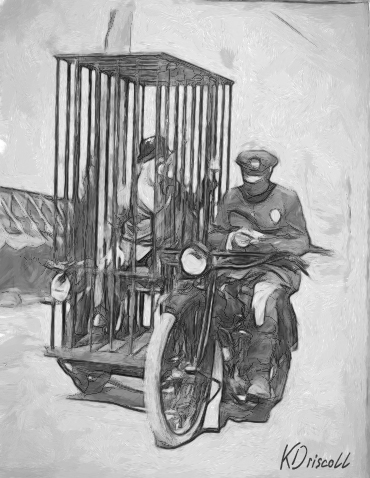 Motors Sketch
Motors Sketch
Jan 12, 1921
Motorcycle Side - Cars New Crime Deterrent
The Sun (1837-1989); pg. 16
Motorcycle Side-Cars New Crime Deterrent Latest Police Vehicles to Have Hand and Foot Cuffs Attached To Secure Prisoners. A measure intended as a deterrent to crime waves is about to be adopted by the Baltimore police department – in the form of a motorcycle side-car. In New York, they recently equipped the police department with side-car motorcycles, and more than 20 sergeants have applied for retirement. The sidecars were provided for the sergeants to ride in. In Baltimore, the sidecars are for criminals. To make the deterrent stronger, the Baltimore sidecars are to be equipped with handcuffs and foot cuffs [leg-irons]. They have the effect of locking the criminal securely to the side-car. Not only will a criminal be unable to escape while going around a curve at 70 miles an hour, but he will not be jarred loose by collisions with stone walls, telephone poles, storefronts or furniture van. In the case of an accident, the motorcycle rider may leap and possibly save himself, but the criminal will, in every case, go down with his side-car. In all, 136 of these side-car motorcycles are expected in Baltimore within the next week or two. They will be distributed among the six police districts recently increased in size by annexation.


Baltimore Sun Paper pic - Photographer Carl Harris
Cycling Blue-Jacket
The police department is trying out three new Honda cycles for use in the city parks and high traffic areas. It plans to buy 22 of the two-wheelers if they are found suitable for the job. The cycles, which cost $350 each, are intended to beef up patrols in the parks and can travel just about anywhere a man can walk you. Seated on the bike is Officer Thomas Keavney Central Operations unit 1973

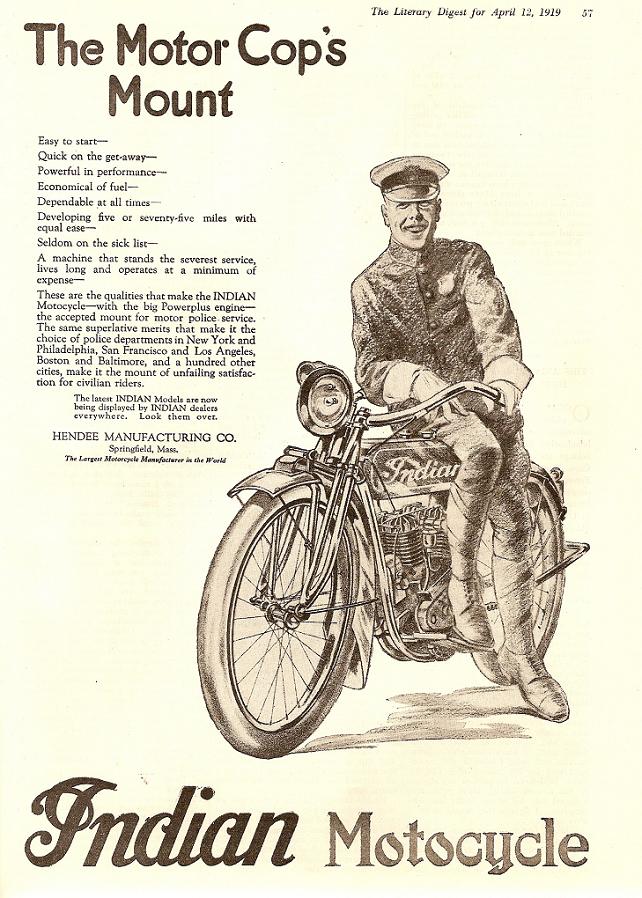
Baltimore City Police Officer on one of the first motorcycles used in Baltimore.
In just a few short years the unit more than doubled. The is seen here in Druid Hill Park. c. 1916
Patrolman George J. Louis is operating the bike on the far left
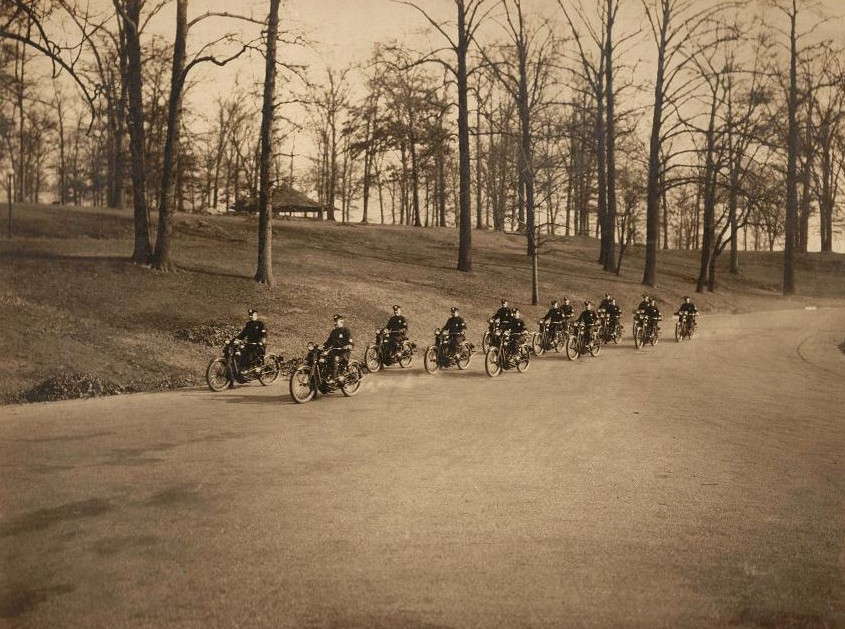

Motor-Cycle Police Equipped With Automatic Speed Witness
11 April 1928
Old newspaper Stories of the Times - Apr 11, 1928; pg. 3
When you hear the sharp blast of the policeman’s whistle and you pull to the side of the road after slowing down from the 35 or 40 miles an hour you were driving, do not prepare that familiar old refrain, “officer I was only going 12 or 15 miles.” This old, old story, which is falling on the ears of traffic patrolman since the birth of the “horseless carriage” and speed laws, will avail to motorists nothing as far as Baltimore’s traffic police are concerned.
New speedometer used
They are prepared to “storm and was figures, which everyone says, never lie. The way in which they will do it will be through a newly perfected speedometer, with which the majority of the traffic division’s motorcycles have been equipped. It is a simple device, much like any other speedometer, except that pressure of a little button stops it from registering and retains on the dial the rate of speed at which the machine was going. Thus, the motorcycle patrolman paces of the motorists until he goes faster than the law permits, pushes the button on the Speedometer and when he pulls up he has something tangible to put before him, or her, as the case may be.
Explains “Automatic Witness.”
Capt. Hamilton R Atkinson, of the traffic division, explains the new “automatic witness” yesterday and the use to which it is being put by his men. “We have found it of great benefit so far,” he said, “as it gives the policeman something concrete to which to base his charge of speeding.” The state police will make trial tests of the new devices for speedometers, E. Austin Baughman, Commissioner of motor vehicles, announces


The unit continues to grow in size as the department realizes the motor officers are becoming a valuable asset. c. 1920's.


Photo courtesy Lt. Janet Ensor, Baltimore Co. Police
Lieutenant George J. Louis, Commander of the Department's
Photo courtesy Raymond K. Miles Jr.
Officer Raymond K. Miles, pictured above and below, served in the motorcycle unit for three years 1932-1935
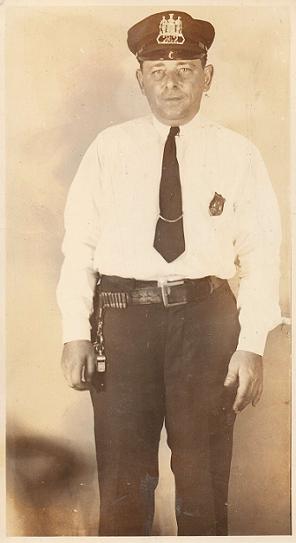
Photo courtesy Raymond K. Miles Jr.
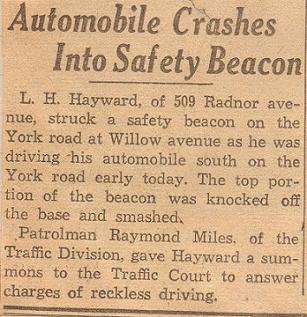 Photo courtesy Raymond K. Miles Jr.
Photo courtesy Raymond K. Miles Jr.

Photo courtesy Lt. Janet Ensor, Baltimore Co. Police
Lieutenant George J. Louis, Commander of the Department's , January 9, 1942
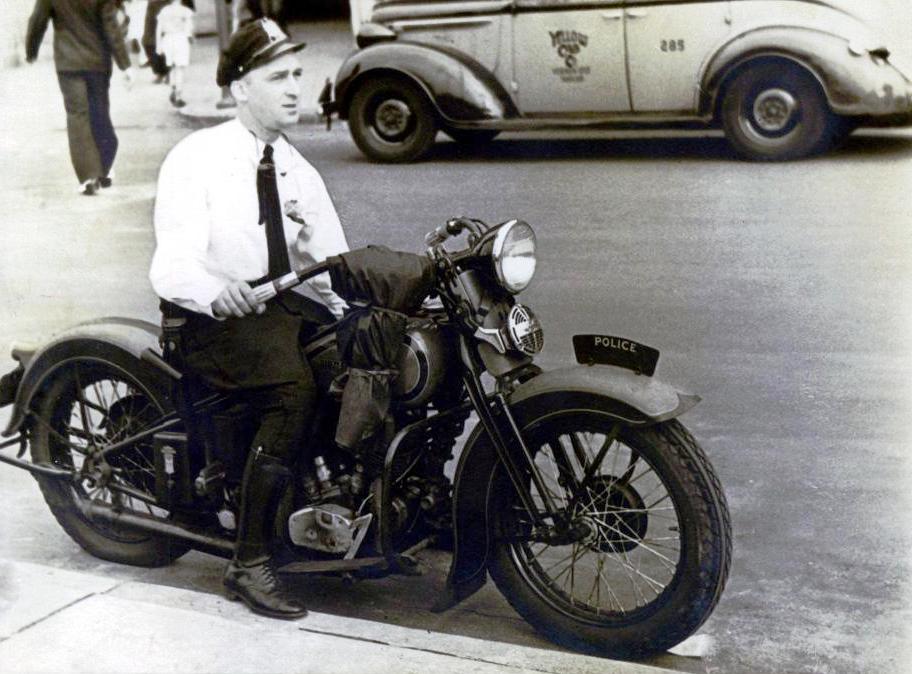
Officer Joseph Ireton Rial patrolled the streets of Baltimore City for most of his career on a motorcycle.

Motors New Midnight Shift Circa 1936
1936 - 19 June 1936 - Seven motorcycle policemen will have inaugurated the new all-night motor-cycle patrol of the city beginning in evening 19 June 1936 at 9 o'clock, it was announced a day earlier on 18 June 1936 by Capt. Hamilton Atkinson, commander of the traffic Division at the time. He said, they would have remained on duty until 5 AM.
Captain Atkinson declared that one shift of motor-cycle police will have worked from 3 to 11 o’clock, and with the addition of the new squad, there would have been twenty-five motor-cycle policemen on duty in various sections of the city from 9 to 11 PM
The new squad was assigned to work in the six sections of the city at the time. In the areas where records revealed the majority of accidents had occurred during that time period. Later, the Captain said, he had hoped to get more motor-cycle policemen for the all-night shift as the program proved to be a success.
To see actual copy of the 1936 article click HERE
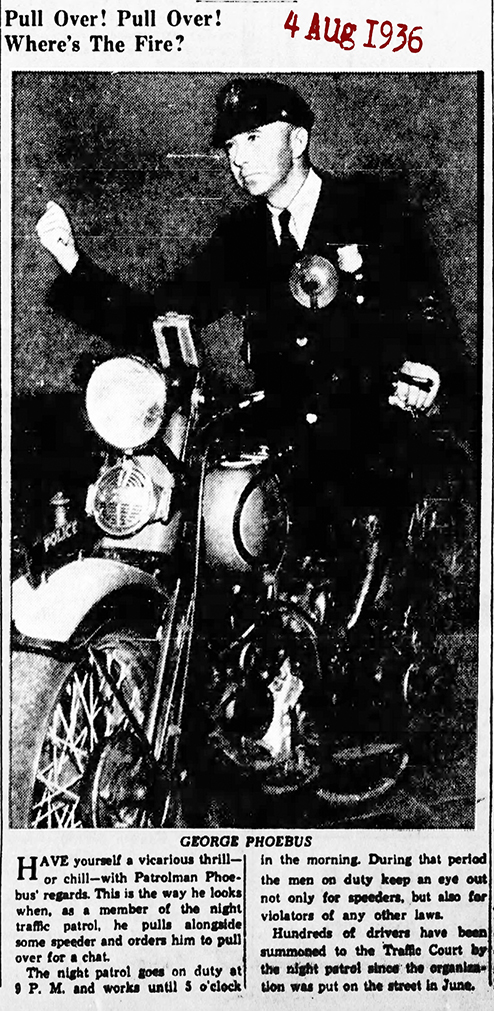
To see full size article click HERE

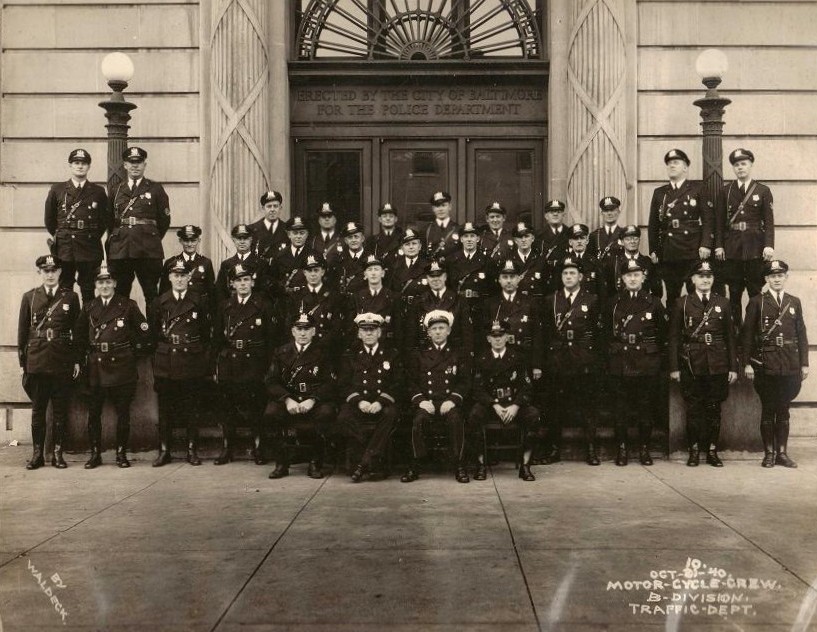
Motorcycle crew, B-Division, in front of the headquarters building
October 21, 1940
Motorcycle Division, 7:30 am. Section, in front of the Headquarters Building October 24, 1940

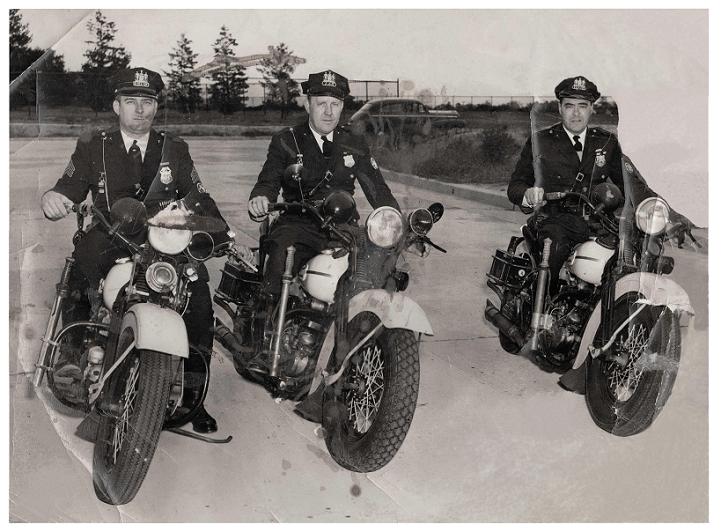
1950's

Photo courtesy of Nancy Crane-Bentz Officer Eugene Crane on the left escorting movie star Molly Goldberg with another officer (name unknown) and Molly's husband while on a visit to Baltimore.
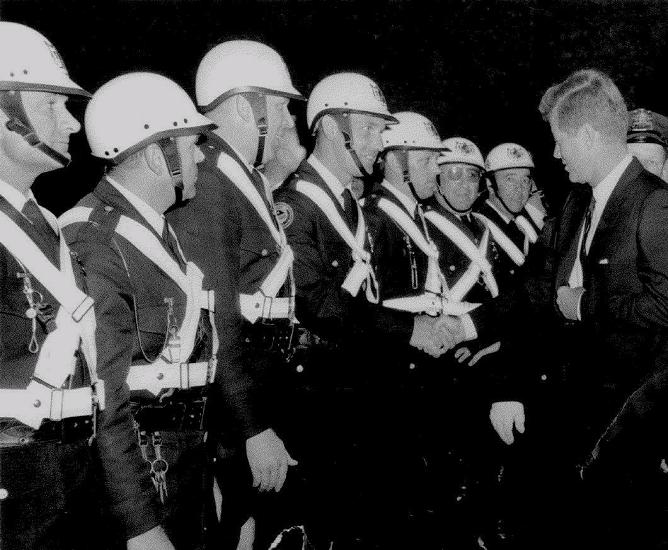
Photo courtesy of Nancy Crane-Bentz Baltimore Police Presidential detail being greeted by President John F. Kennedy during the 1960's Officer Eugene Crane is positioned the 5th officer from the left
Officer William Weiss and Gene Autry
1952

Officer Sinnott
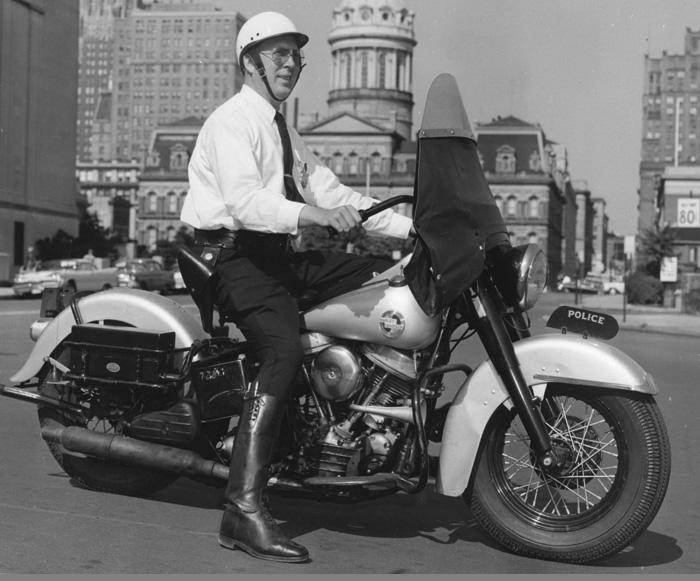
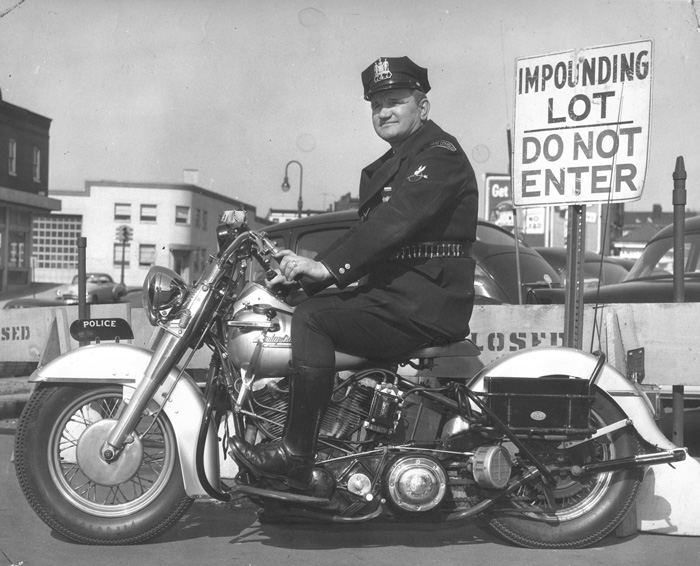
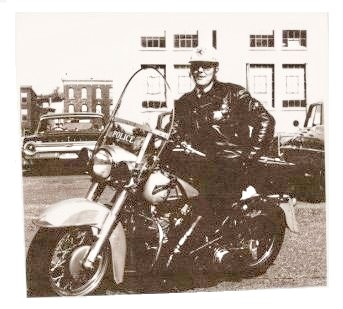
Officer Ray Unger, 1967 on his "Motor" on the ramp of the old Headquarters building 601 E. Fayette St.
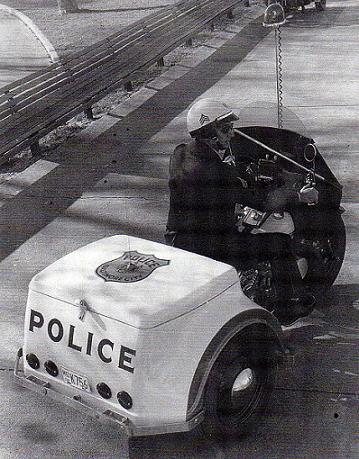
1960's three-wheeler used in traffic enforcement in the downtown area
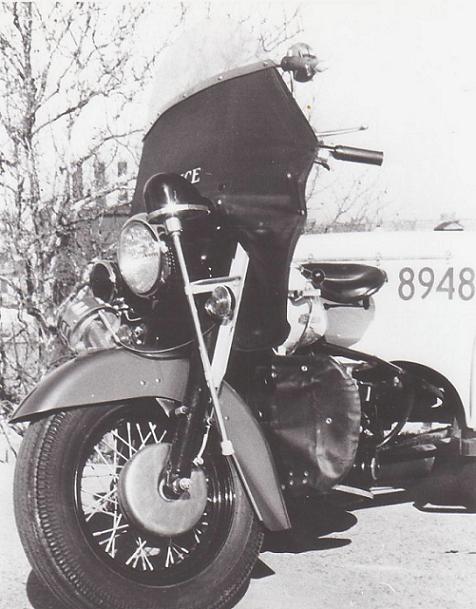

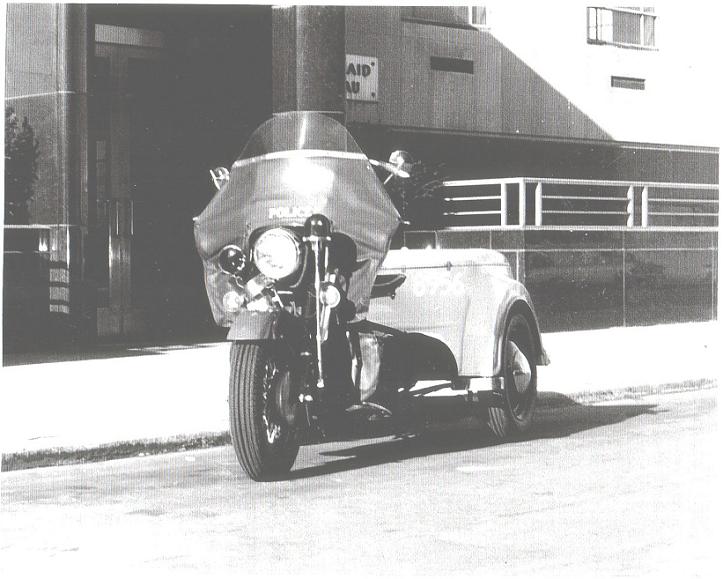
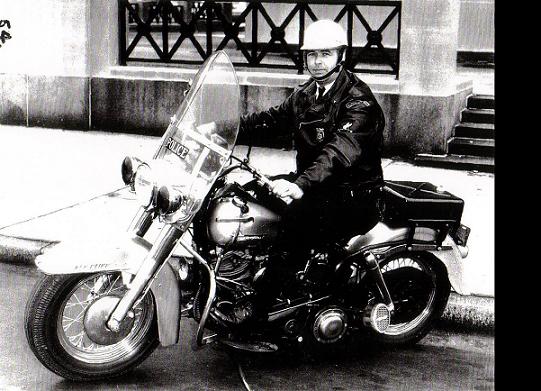
Sergeant Richard D. Taylor
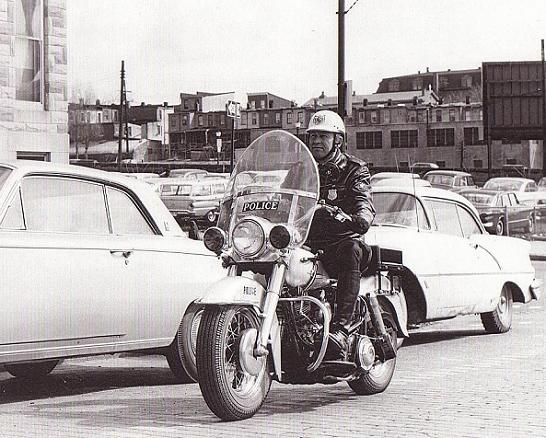
Photo courtesy Officer Lawrence Merrifield
Officer Lawrence Merrifield 1964
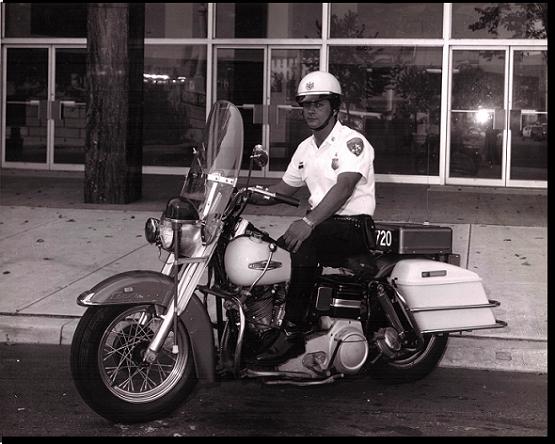
Officer Charles Alfinito
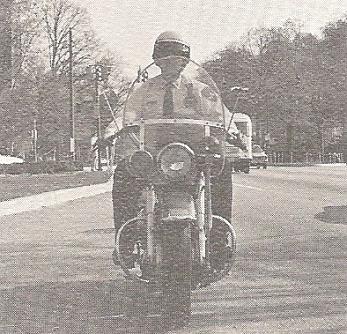
BPD Motor Officer 1977

Motorcycle license plates used during the 1960’s
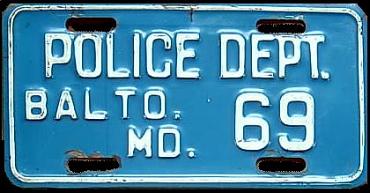
Photo Shot and Painted June 2014 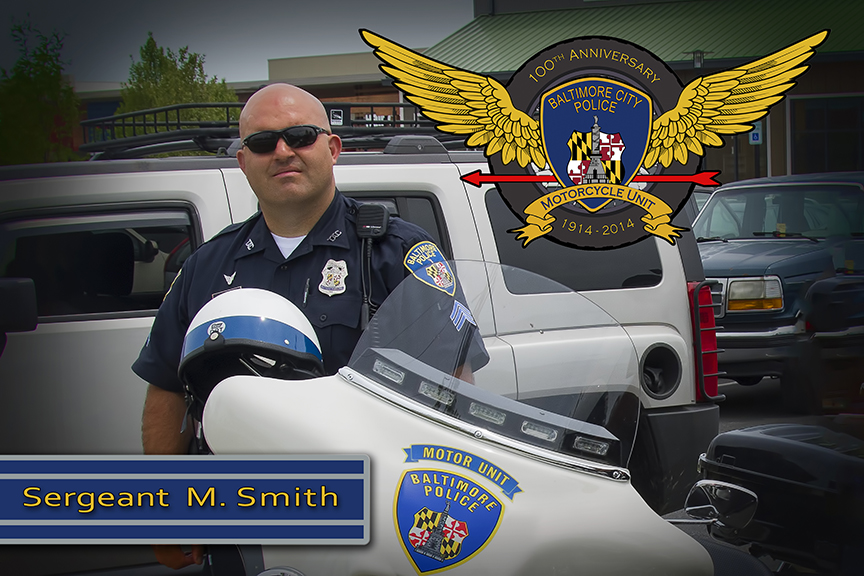 Photo Shot June 2014
Photo Shot June 2014 
Photo Shot June 2014 
Photo Shot June 2014 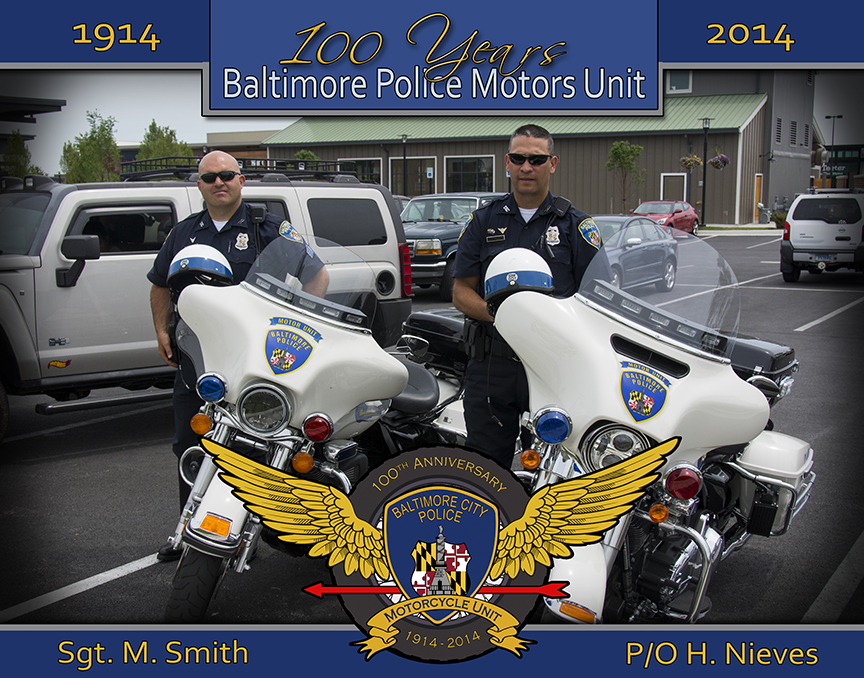
Photo Shot June 2014 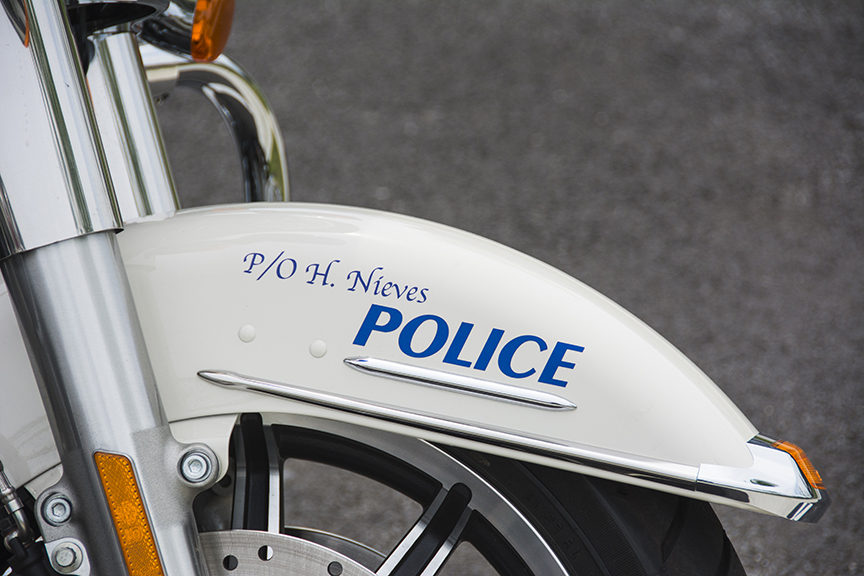
Photo Shot June 2014 
Photo Shot June 2014 
Photo Shot June 2014 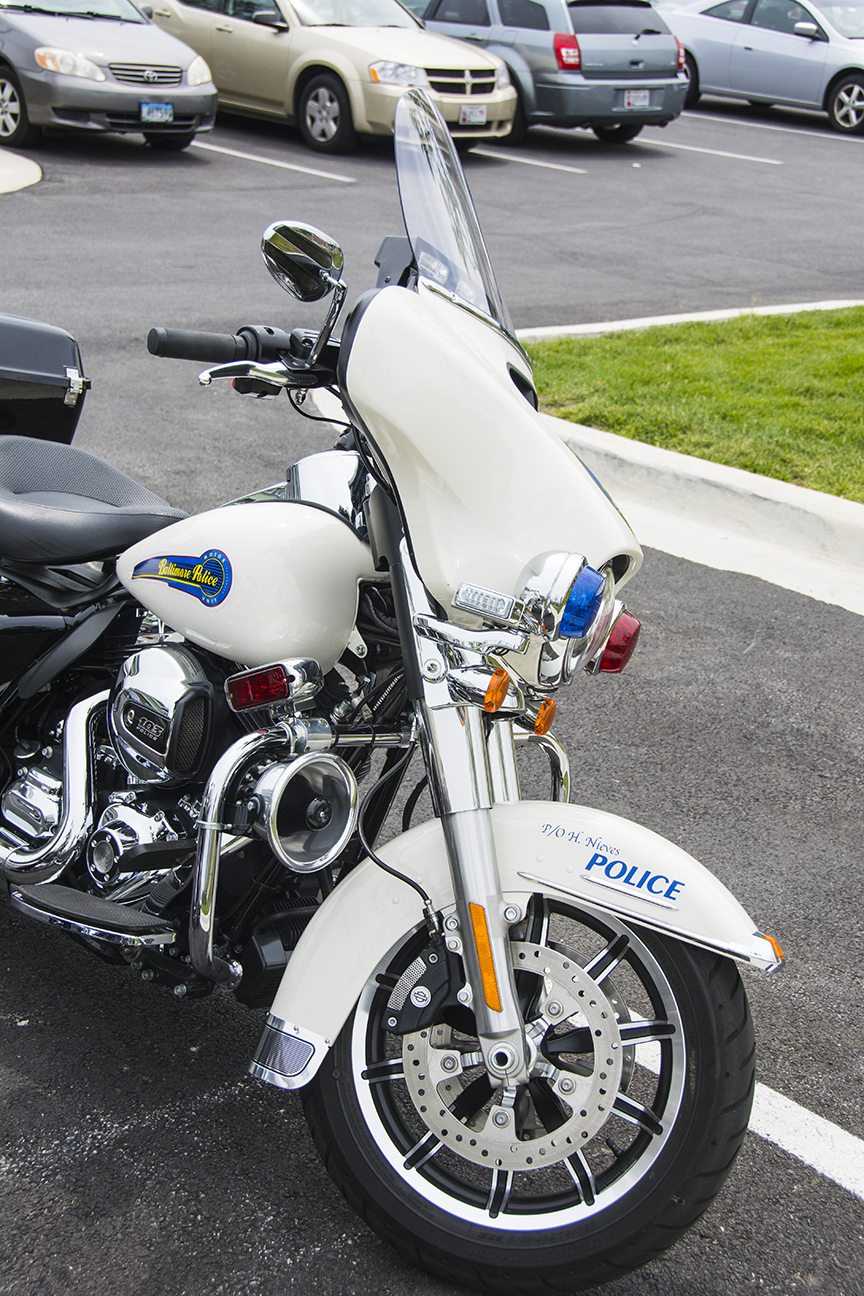
Photo Shot June 2014 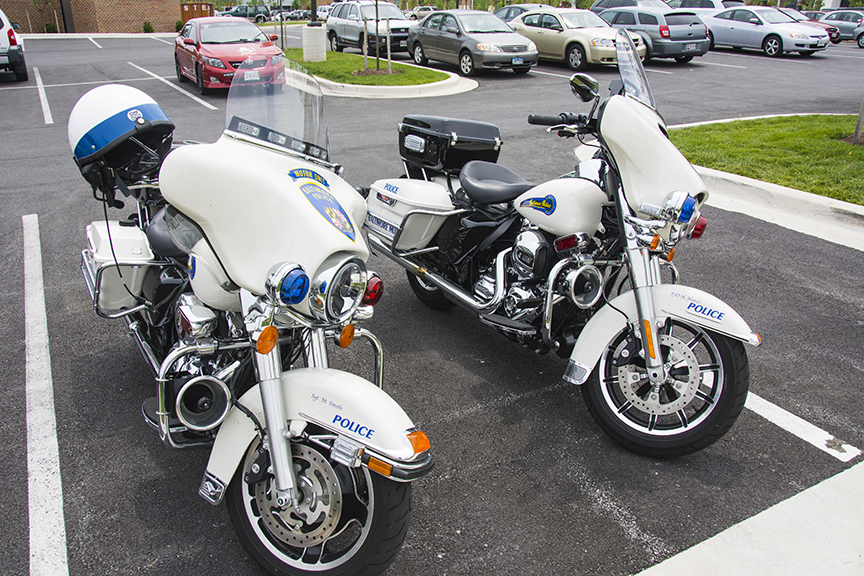
Photo Shot June 2014 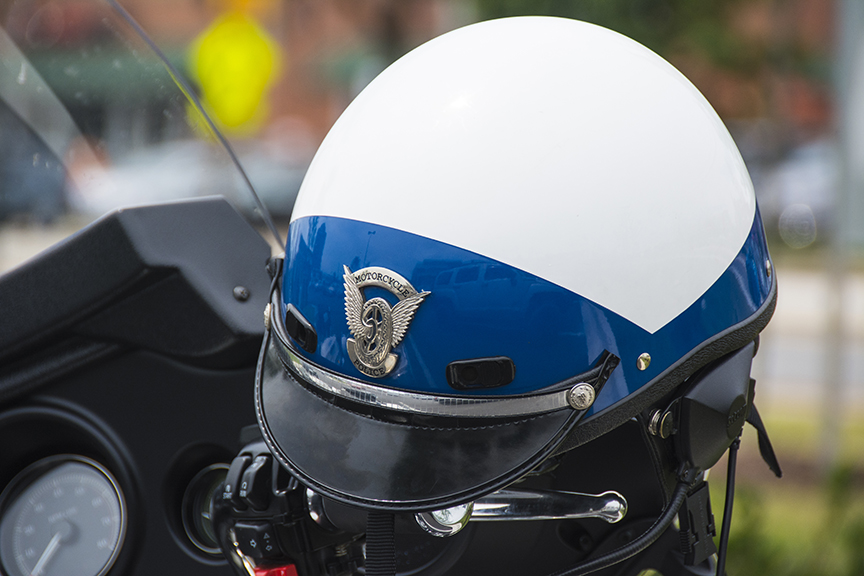
Photo Shot June 2014 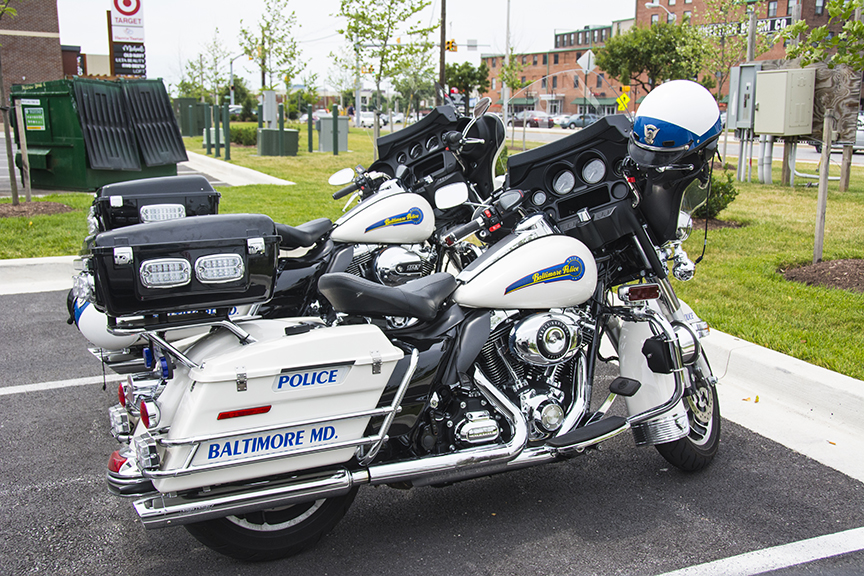
Photo Shot June 2014 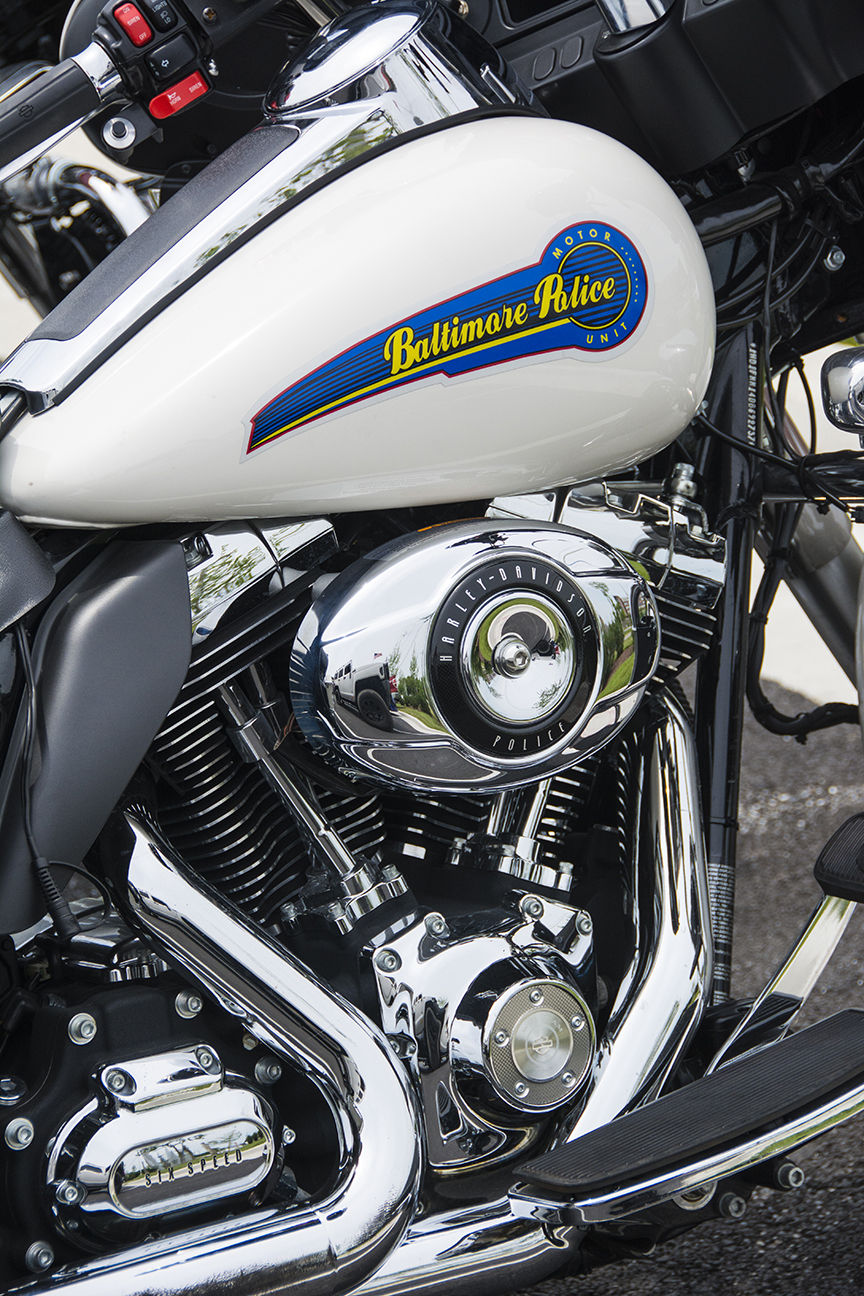
Photo Shot June 2014 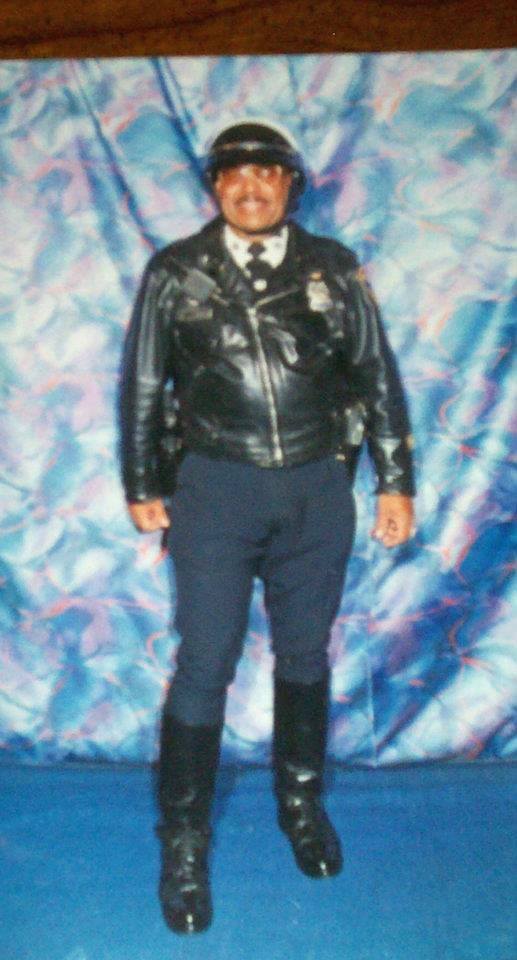
Robert Harrison 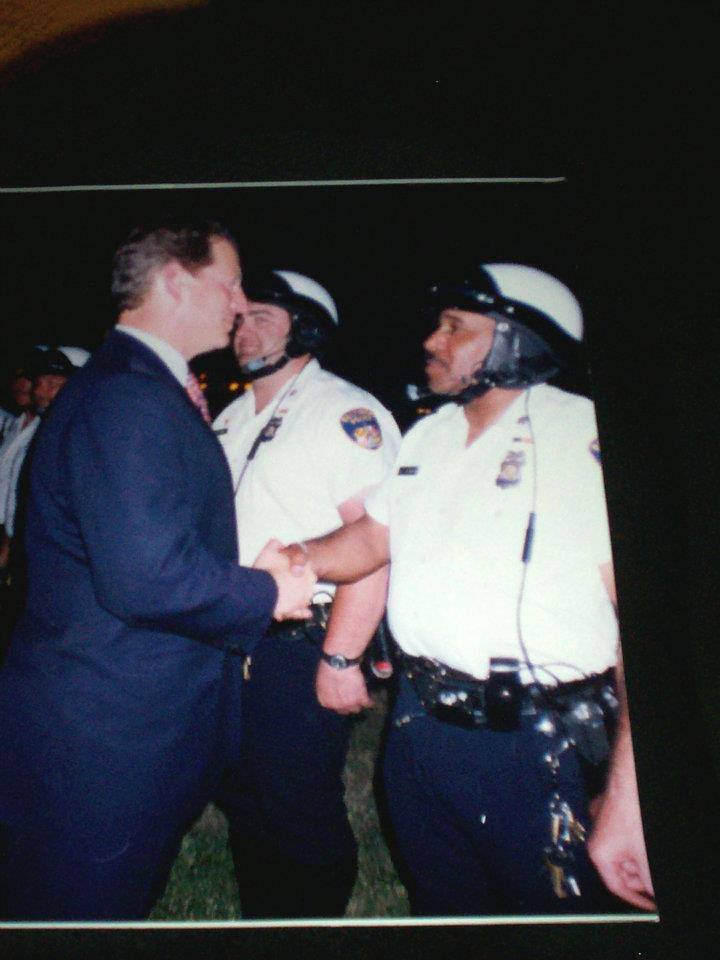
Robert Harrison
Photo Courtesy Officer Dave Eastman
Headquarters circa 1976
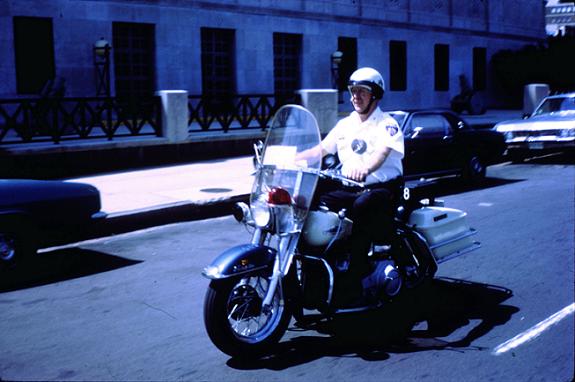
Retired Officer Dave Eastman relates:
When I went to motors, they had 1968 models. They had the radio in the box on the back and the speaker and microphone were mounted between the handlebars. They were the old 150 band radios. We had gone to the 450 band radios ( the walkie-talkies) but we could still use the 150s because communications were not fully converted to the 450. The '64s were a dark silver with black trim. They were the first ones with chrome rather than painted wheels. I don't believe they had two-way radios and I think the guy's call box theory is correct. In the old days, the department had lots of motormen and they worked three shifts. The midnight shift had two motormen teamed up in a car. They did not ride motors late at night. If you look at that one photo, they are all motor officer, over 50 of them. they all took the wires out of there hats and had that "50 mission" crush. They said it prevented the wind from blowing their hats off but I think it was just to look cool. They wore the blue hats back then. Major "Box" Harris, who was beloved by all, was appointed by Commissioner Pomerleau to be chief of traffic even though he was never a cop. He had the division go to all white hats sometime in the late 60's. Motormen also did not wear high boots, but rather high topped shoes and "puttees". which were leather and wrapped around the calf. They were held in place by two buckles and joined the high topped shoes at the ankle. One of the unique features of the Baltimore Police motorcycles were the foot clutch and the tank or side shift. The officer worked the clutch with his left for and shifted gears with his left hand. You can see the shift lever in the photos. Many officers had billiard balls ( number 8 being the most popular) drilled and tapped to screw on the shift lever. Also, in the photos, you can see the siren mounted just behind the officers' left foot. To activate the siren, the officer would stomp on a lever which made the siren shaft rub against the rear tire. This made the siren scream and they were quite loud. Every once in a while the shaft would actually go through the side of the tire causing a blowout, not a good thing when you are chasing a speeding car! If you notice, the older motor officers had leather coats. Commissioner Pomerleau did not like leather coats and took them away from the motor and mounted officers. They got them back after Pomerleau retired.
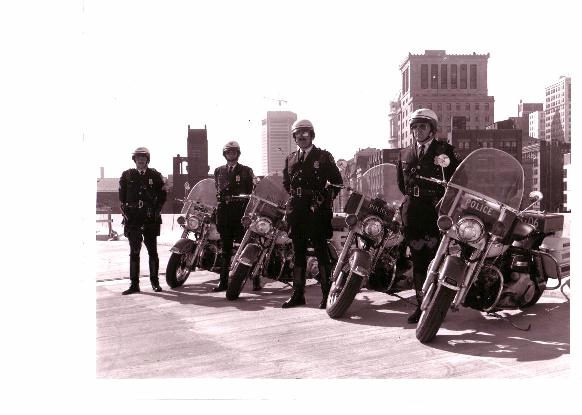
"Motorcops" 1975 at the opening of the Jones Falls y Lt.Tom Douglas
Agent Tom Douglas
Courtesy Lt.Tom Douglas
Officer Gueydan
Courtesy Lt. Tom Douglas
Courtesy Lt.Tom Douglas
(Above) Agent Tom Douglas shooting RADAR
(Below) Officers Mike DeHaven, Norman Stamp and Officer Tom Richburg
Courtesy Lt.Tom Douglas
Officer Tom Douglas & Officer Norman Stamp
Courtesy Lt.Tom Douglas
Agent Tom Douglas directing ball game traffic at 33rd. & Charles St.

Sergeant Tom Douglas at the Statehouse with the Governor


Photo courtesy Officer Scott Thomas
Officer Scott Thomas participating in the Motorcycle Rodeo
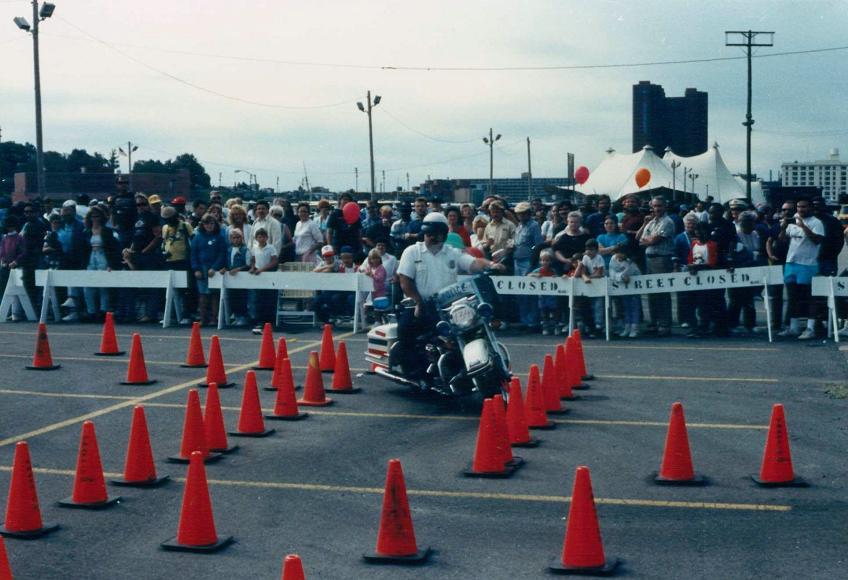 Photo courtesy Officer Scott Thomas
Photo courtesy Officer Scott Thomas

Officer Scott Thomas on the left, Officer Bill Council on the right, & Hallet Davenport between them accepting trophies at the rodeo dinner.
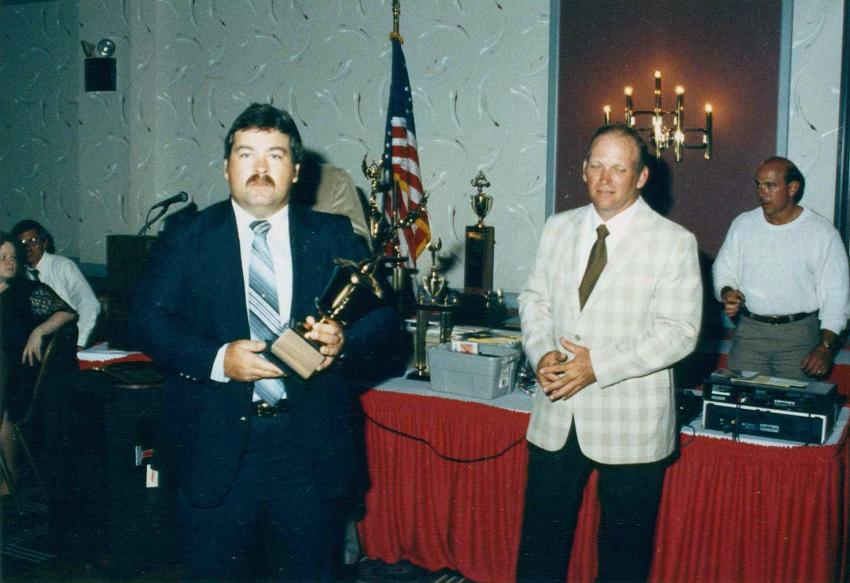
Officer Scott Thomas on the left, & Hallet Davenport accepting trophies at the rodeo dinner.

Motorcycle team presenting the 1st Place trophy to the Commissioner Edward Tilghman
Photo courtesy Officer Tom Bailey
Officer Hal Davenport & Officer Tom Bailey
1980
Photo courtesy Officer Tom Bailey
Officer Tom Bailey with Memorial Stadium in the background
1980
COURTESY RETIRED OFFICER DAVID EASTMAN
Officer Gary Green on the motor and K9 Officer Dave Gunter with K9 "TSAR" 1981
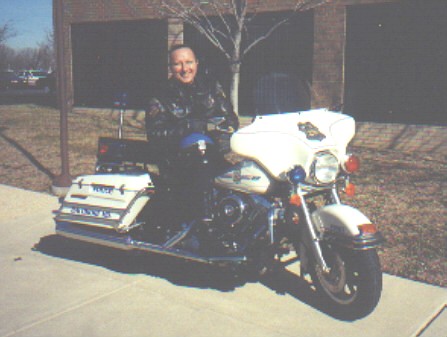 Lieutenant Anthony Brown
Lieutenant Anthony Brown
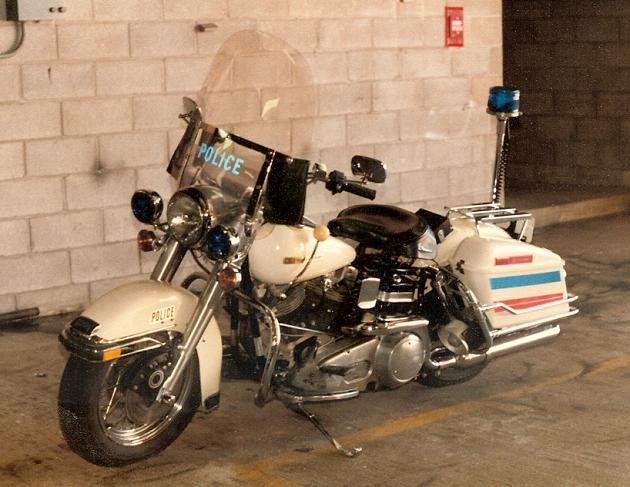
1969 Harley Davidson used by Officer Milton Krysztofiak when he was first assigned to Motors in 1980. It was equipped with the side shifter and the foot clutch. As Officer Dave Eastman mentions the pool ball on top of the shifter, Milt got the “Q” ball. Below is a photo of some of the motormen after completing an escort of Vice President Al Gore at Fort McHenry. The Officers from left to right are Officer Milton Krysztofiak, shaking Al Gore's hand, next to him is Officer Gary Green, then Officer Tony Brown, and Sergeant Tom Joyce.

Photo courtesy Officer John Emrick
Pictured from left to right are Officer Andy Girodano of TES, Officer Bob Frisch of TES and Officer Tony Petralia
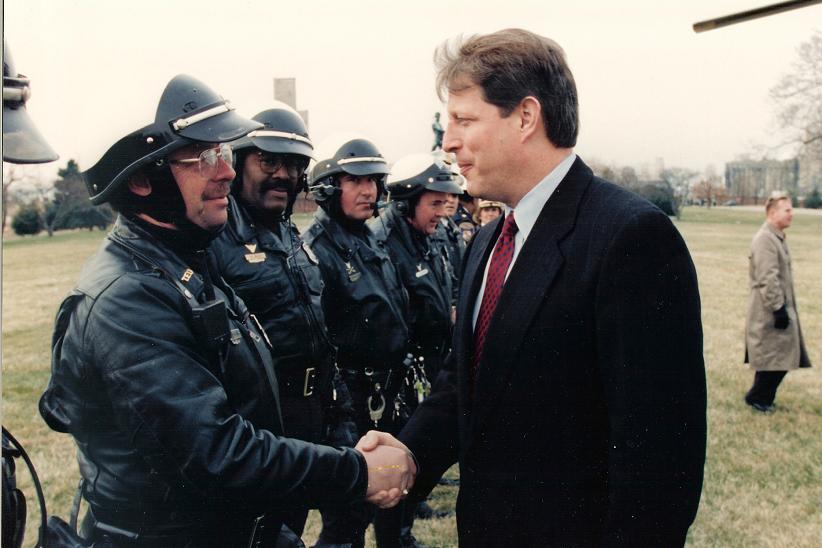
Photo courtesy Officer Milton Krysztofiak
A few of the motormen after completing an escort of Vice President Al Gore at Fort McHenry. The Officers from left to right are, Officer Milton Krysztofiak, shaking Al Gore's hand, Officer Gary Green, Officer Tony Brown, and Sgt. Tom Joyce
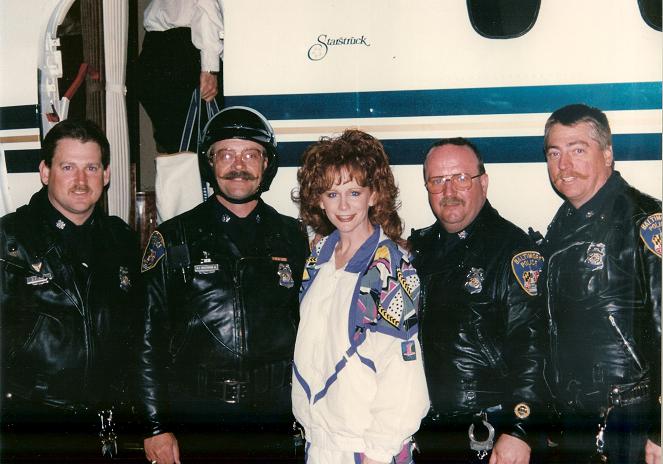
Photo courtesy Officer Milton Krysztofiak
Reba McEntire, reigning Queen of country music, was escorted by a few of Baltimore’s finest motor officers after an appearance at the Baltimore Arena. The photo was taken at BWI outside Reba's private jet. From left to right, Officer Dave Jones, Officer Milton Krysztofiak, Reba McEntire, Officer Mike Brandt and Officer Tom Joyce.
Below photo taken at the University of Maryland Baltimore County at the awards ceremony for Special Olympics. Baltimore City Police motor officers were invited to give out the medals. From Left to right, Officer Michael Brandt, Officer Milton Krysztofiak, Officer Dave Jones, Sergeant Tom Joyce, and Off. Bill Edgar.
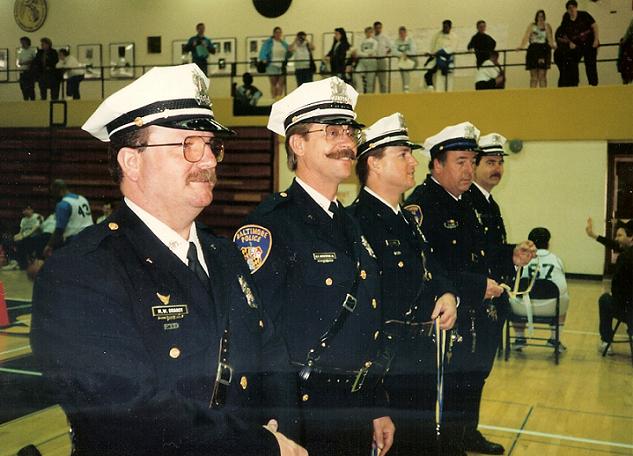
Photo courtesy Officer Milton Krysztofiak
Above photograph was taken at the University of Maryland, Baltimore County at the awards ceremony for Special Olympics. Baltimore City Police motor officers were invited to give out the medals.
Officer Michael Brandt, Officer Milton Krysztofiak, Officer Dave Jones, Sergeant Tom Joyce and Officer Bill Edgar.
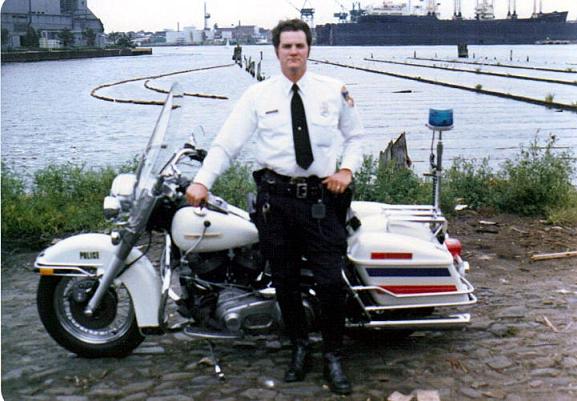
Courtesy Sergeant John Sharp
Sergeant John Sharp by the Inner Harbor on one of the old side shifter bikes, around 1988.

TES (Motors) won the Mid-Atlantic Motorcycle Rodeo, first place team
Commissioner Edward Tilghman holding the trophy on the left and Officer Hallet Davenport on the right. Officer Scott Thomas and Officer Norman Stamp is next to the Commissioner, Sergeant Tom Joyce next to Officer Davenport, Officer Debbie Fox, and Mike Dehaven,
Back row: Officer Claud Thornton, Officer Bobbie Joe Dorton, Sergeant Sharp behind the trophy, and Officer Bill Council is behind Sergeant Joyce.
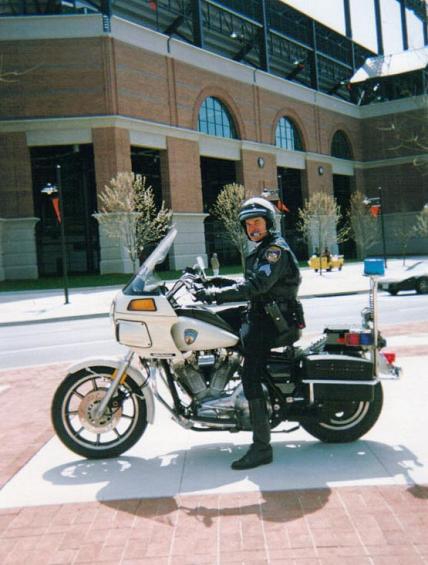
Sergeant John Sharp with new Police Bike on Opening Day for the new stadium, April 1992.
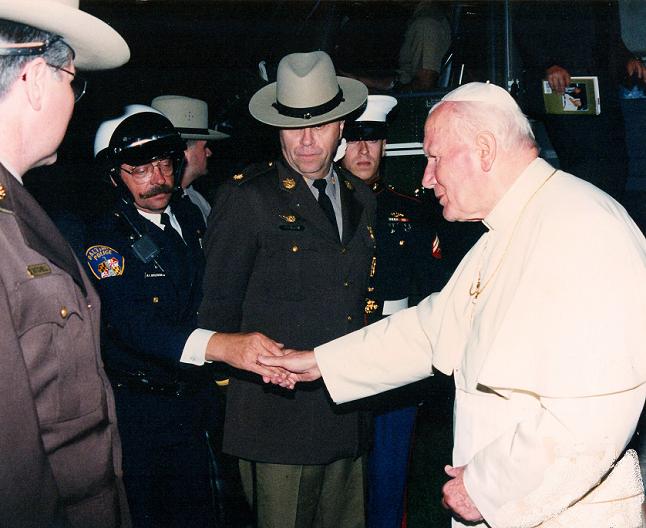
Officer Milton Krysztofiak taking Pope John Paul II’s hand just before kissing his ring. This Photo was taken in 1995 outside of St. Mary's Seminary just before he got on the helicopter to fly to the airport. Maryland State Police Major Johnny Hughes looks on.
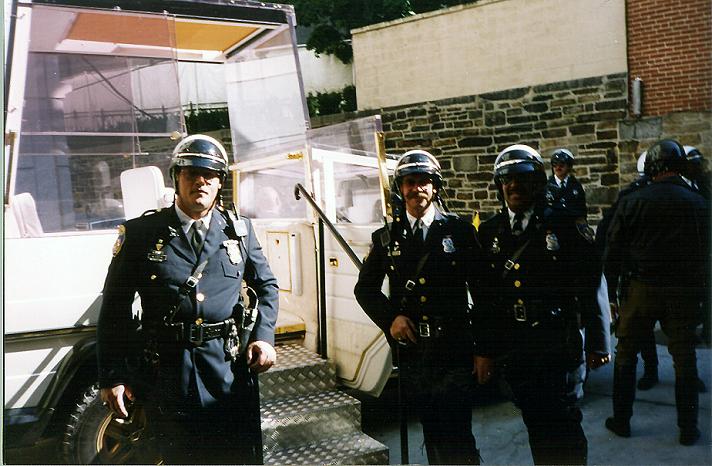
The above photograph was taken at The Basilica on Charles St. three motor officers standing next to the popemobile. The Officers are from left to right, Officer Lonnie Ludtke, Officer Milton Krysztofiak and Officer Gary Green
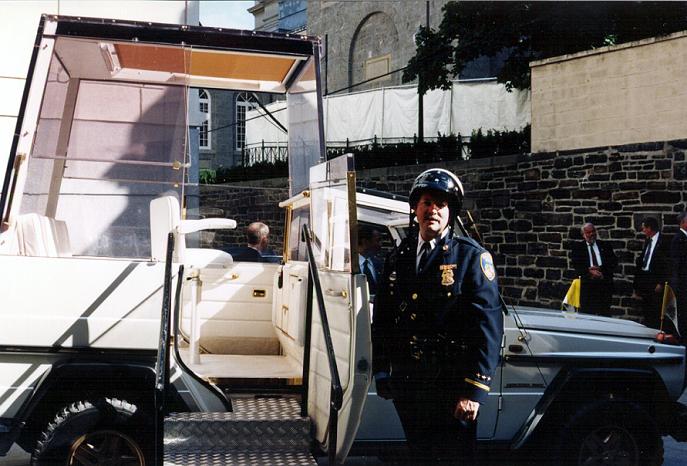
Lieutenant Gutberlet (Colonel) with the Popemobile
Lt. Carl Guiberlet holding the SUPER BOWL TROPHY
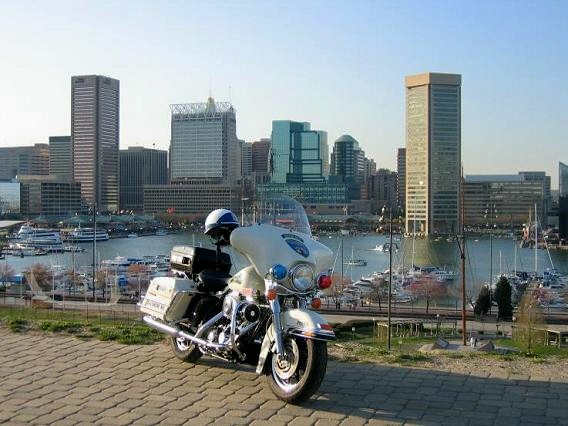
2004 Harley Davidson Motorcycle on Baltimore's Federal Hill overlooking Baltimore's Inner Harbor.
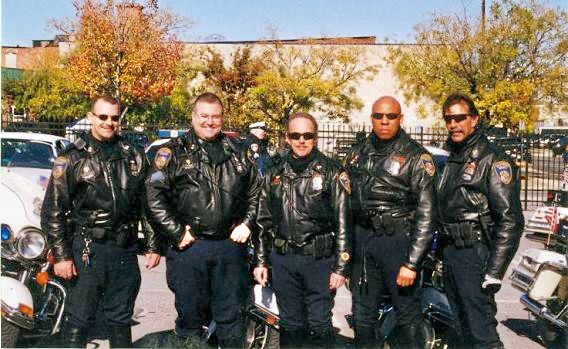
L/R Ofc. Brian Weber, Sgt. David Munyan, Ofc. Eric Dawson, Ofc. Bravett Bull & Ofc. Bryan Curran
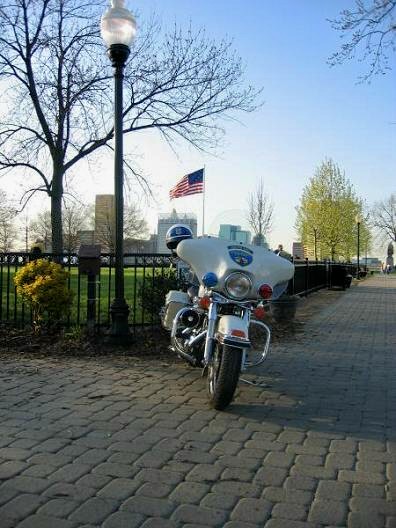
Photo Courtesy Sergeant David Munyan
2004 BPD Harley Davidson on Federal Hill overlooking Baltimore’s Harbor Place
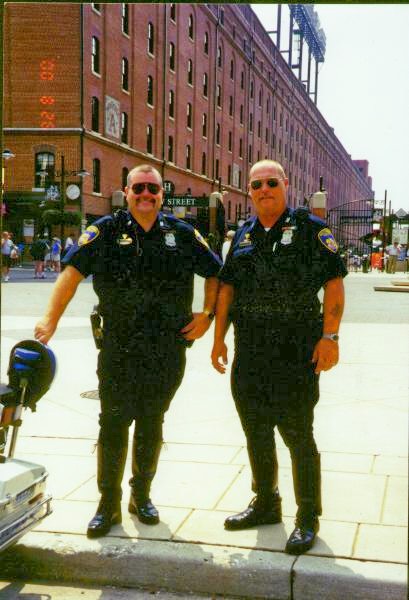
Photo Courtesy Sergeant David Munyan
Motor Sergeant. David Munyan (Left) & Officer Lonnie Luedtke (right)
Photo was taken at Oriole Park @ Camden yards in Aug of 2000
Motor Sergeant. David Munyan (Left) & Officer Lonnie Luedtke (right)
Photo was taken at Oriole Park @ Camden yards in Aug of 2000
Sergeant David Munyan and his squad with Rocker Ted Nugent
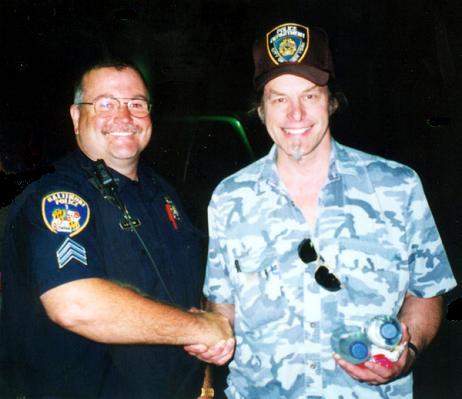
Sergeant David Munyan greats Rocker Ted Nugent during his tour in Baltimore, August 18, 2002
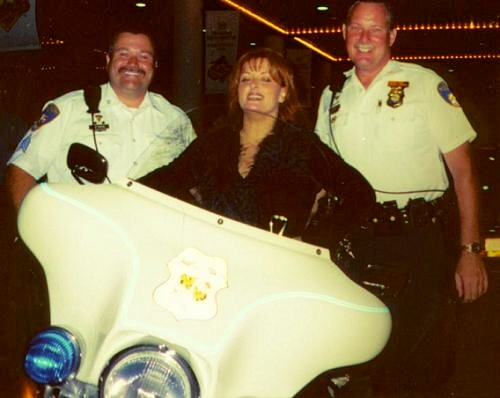
Photo Courtesy Sergeant David Munyan
Wynonna Judd in Baltimore with Baltimore’s Finest
Wynonna poses on a Baltimore Police Motorcycle with Sergeant David Munyan and Lieutenant (Retired as a Colonel) Carl Guiberlet looking on. “Tough job guys

Courtesy Robert H Gordon

Courtesy Robert H Gordon
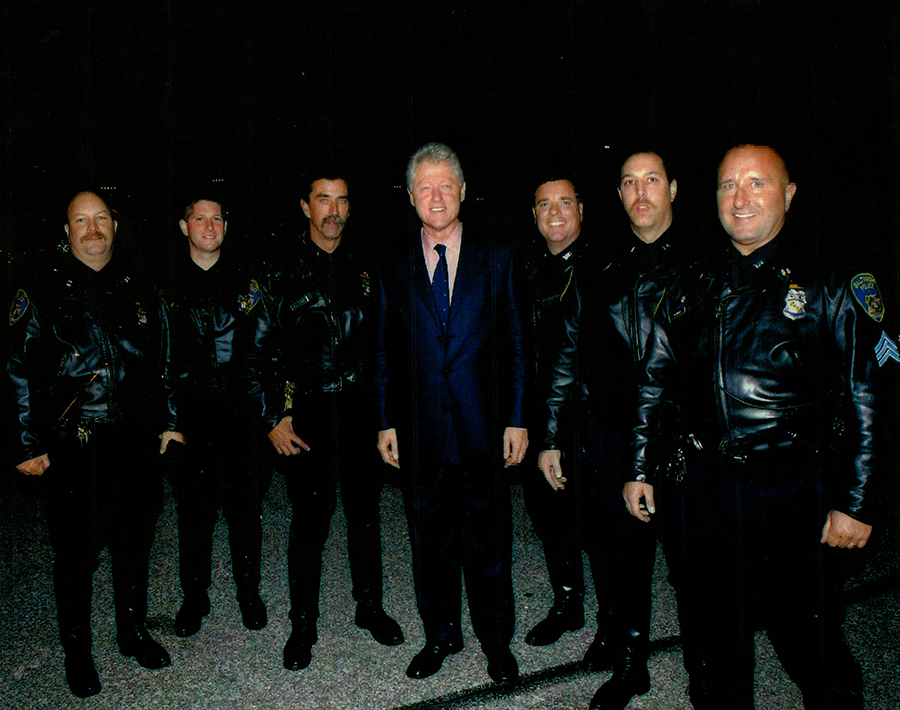
Courtesy Robert H Gordon
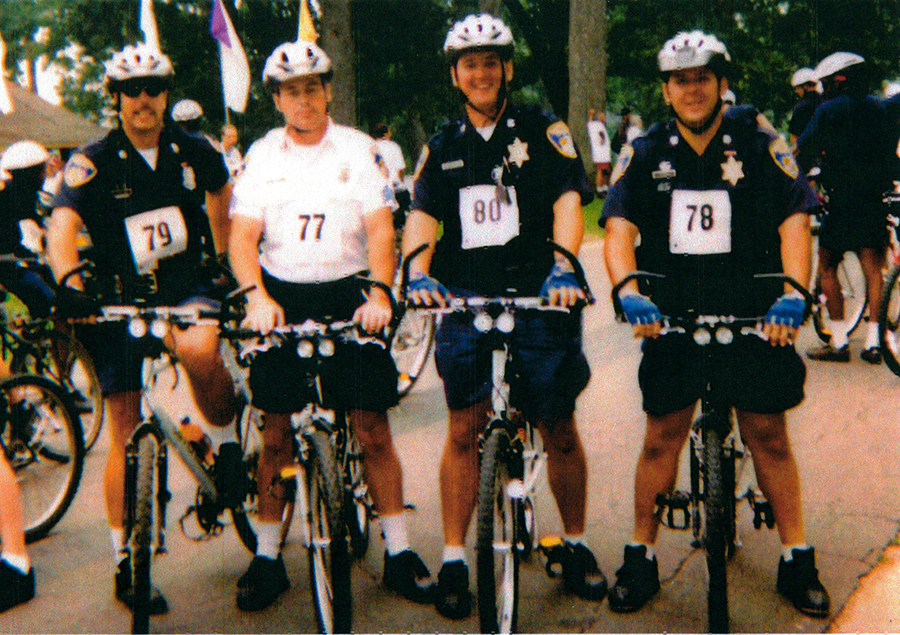
Courtesy Robert H Gordon

Courtesy Robert H Gordon

Courtesy Robert H Gordon
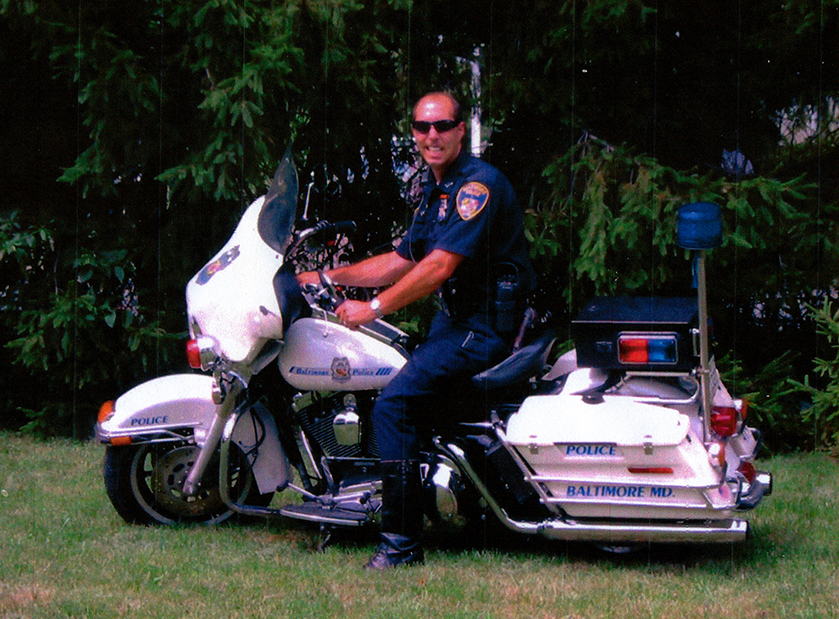
Courtesy Robert H Gordon
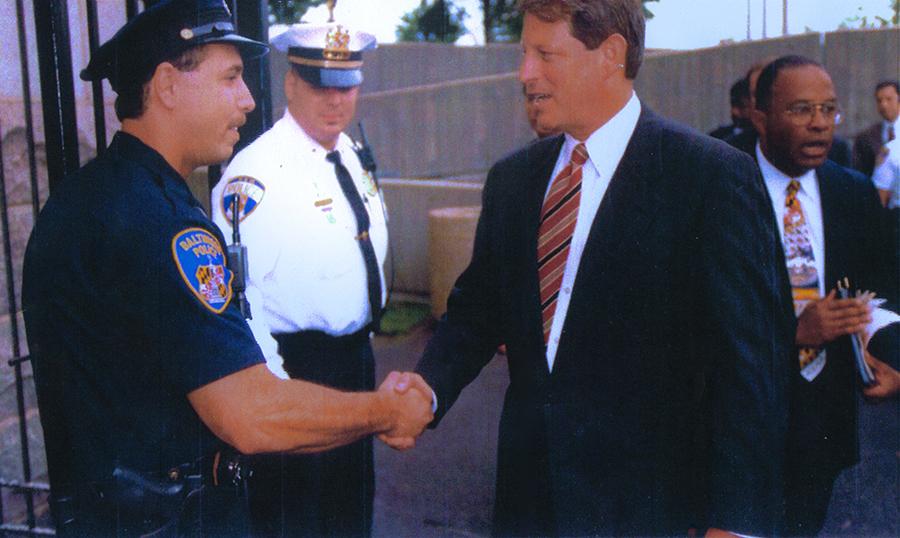
Courtesy Robert H Gordon

Courtesy Robert H Gordon
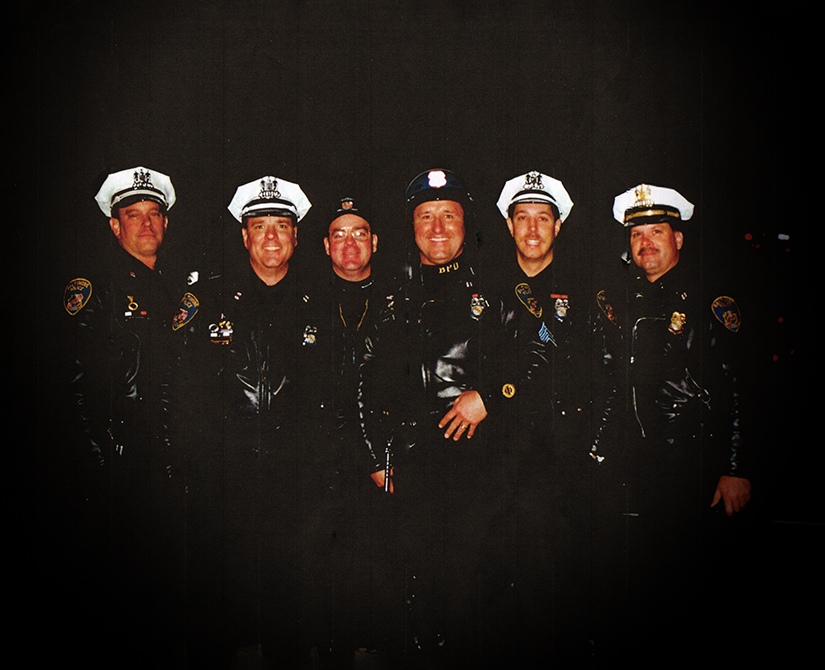
Courtesy Robert H Gordon

Courtesy Patty as a Gift for Our 30th Wedding Anniversary
BPD Front Fender
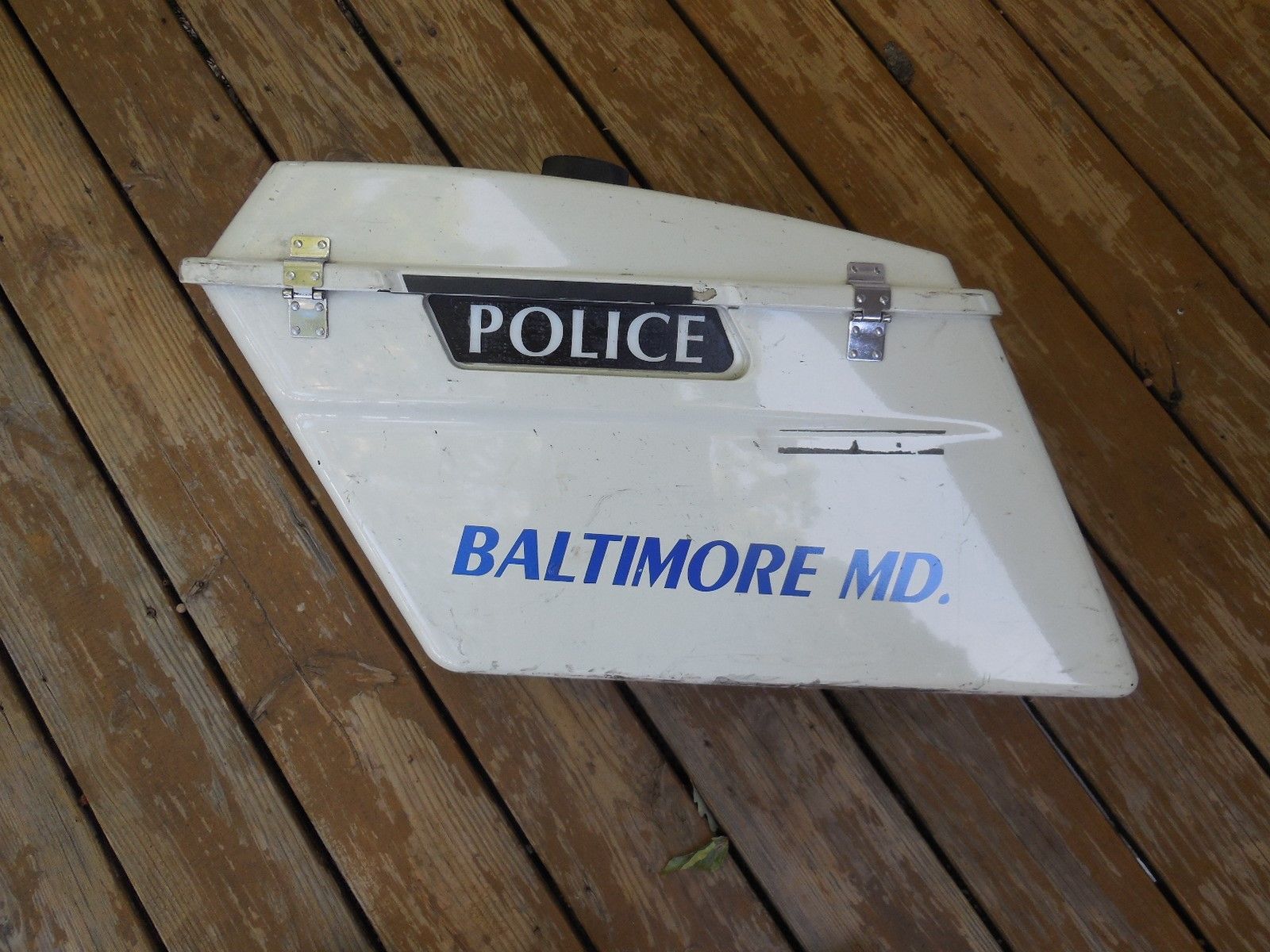
Courtesy Patty as a Gift for Our 30th Wedding Anniversary
BPD Saddle Bag
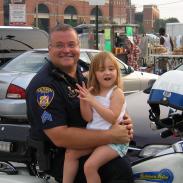
Photo Courtesy Sergeant David Munyan
Sergeant David Munyan and his daughter Delaney

Officer Bob Brown in the blue T-shirt looks on
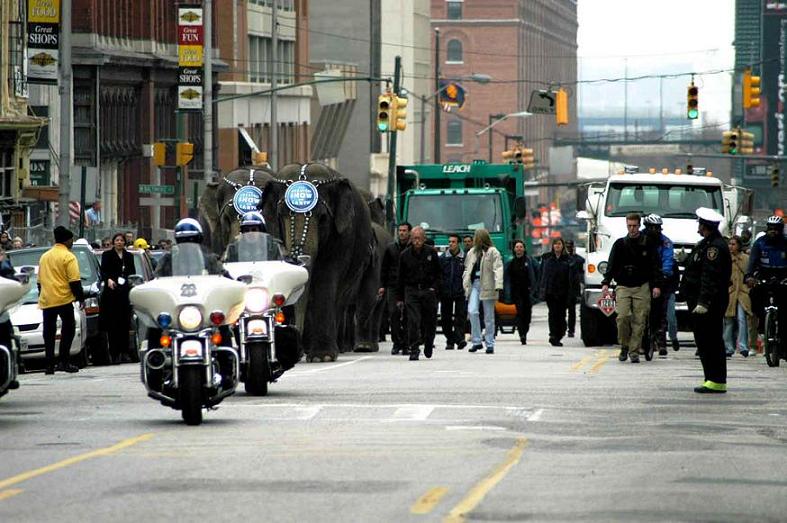
Photo Courtesy of Sgt. Nick Caprinolo
A Promotion at the Lexington Market around 2000 entitled "Lunch With the Elephants, showing the motor men joking around with the clowns
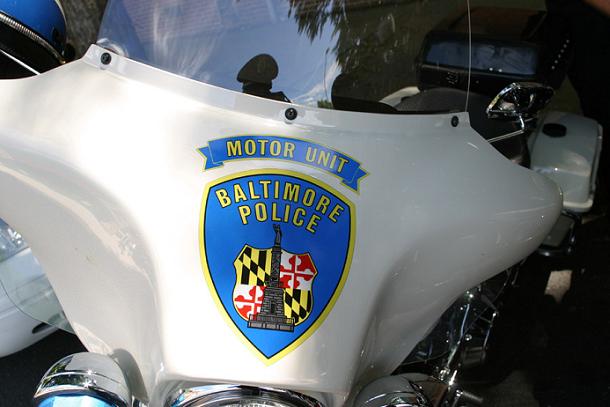
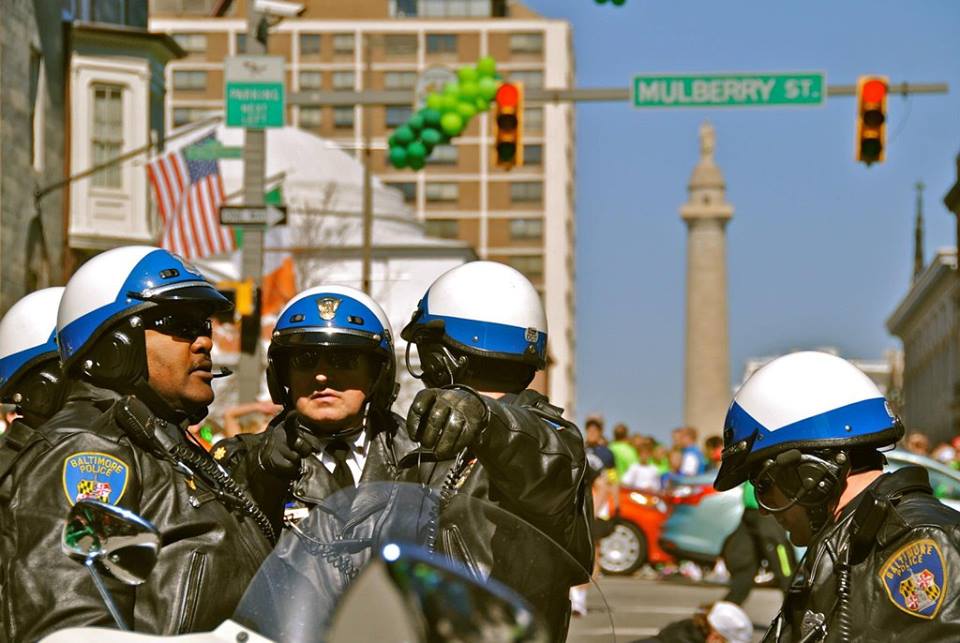
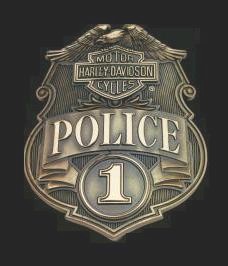
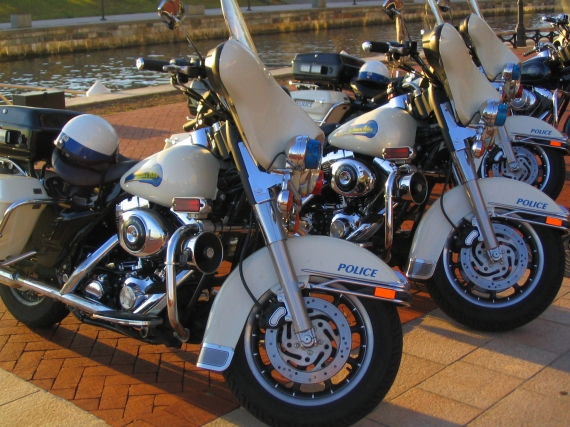
Baltimore Police Department's new fleet of MOTORS 2004
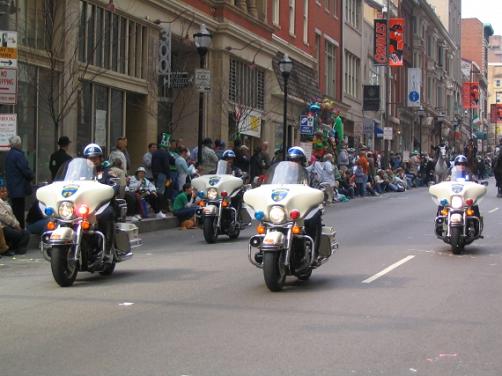
Parade in downtown Baltimore


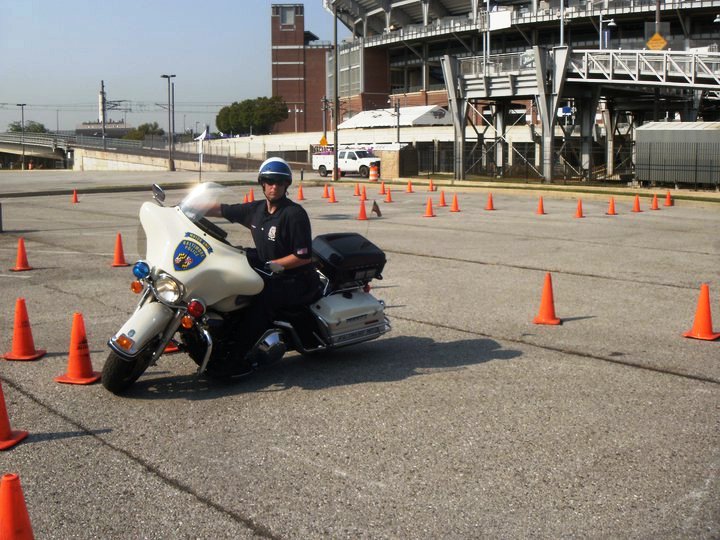
Officer Tim Hughes
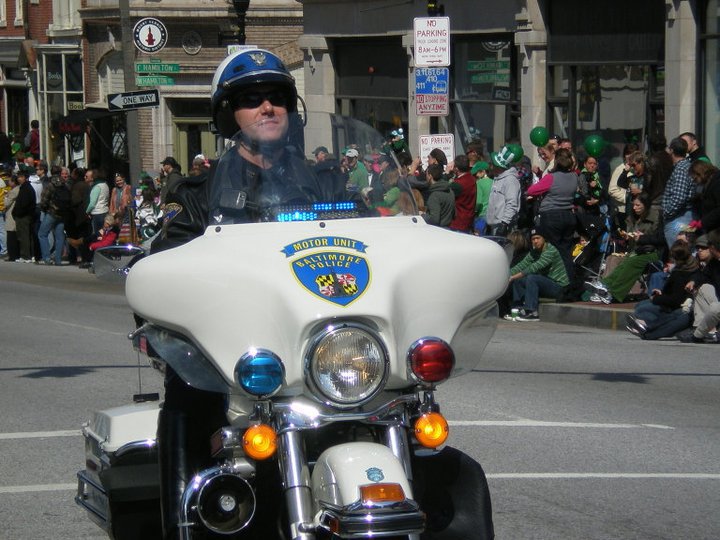
Officer Tim Hughes
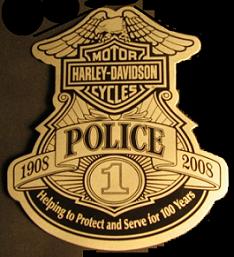


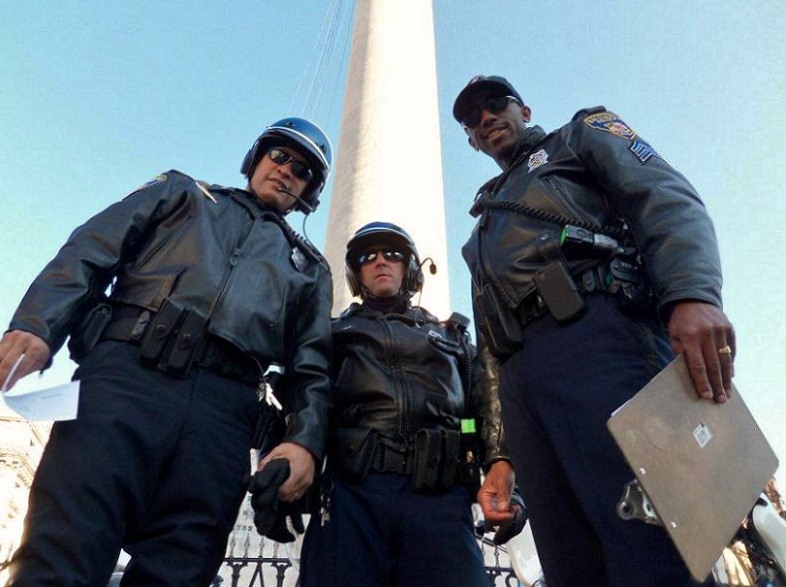
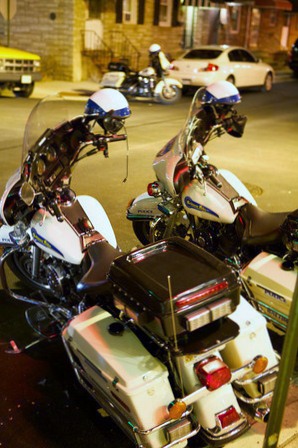
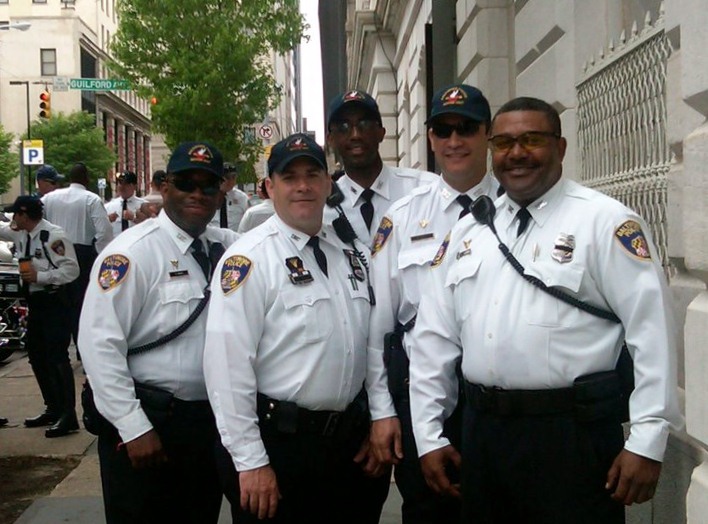


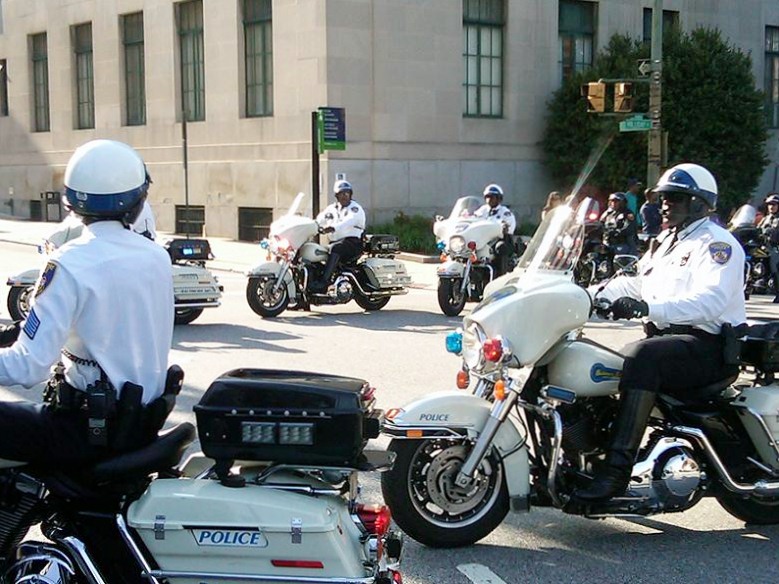
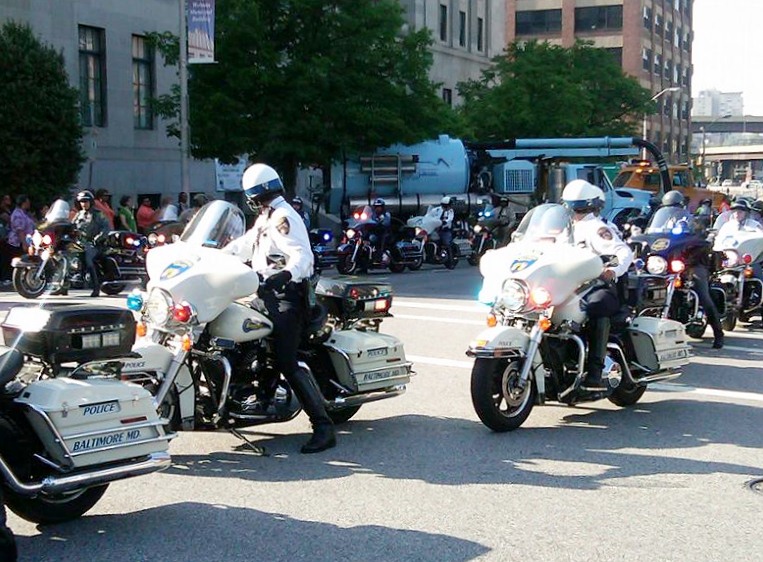
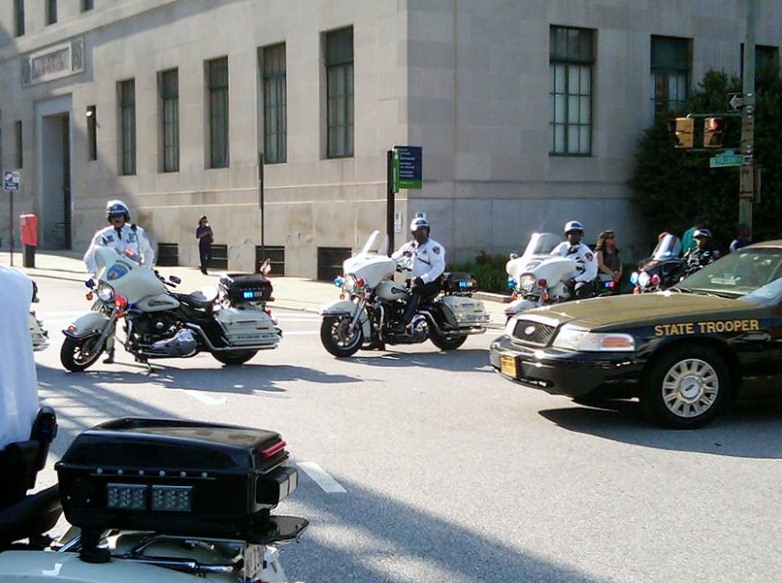
Below are some gloves used by our Motors unit recovered out of the old Headquarters building during the move back between the early 70’s and mid 80’s – One pair has the Officers name inside.

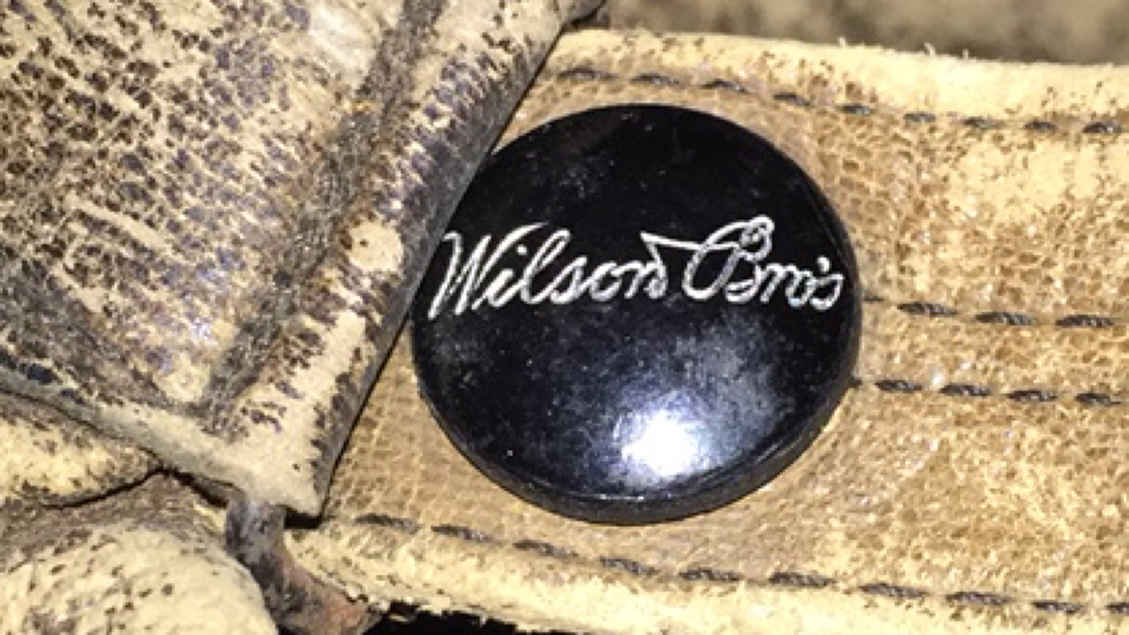
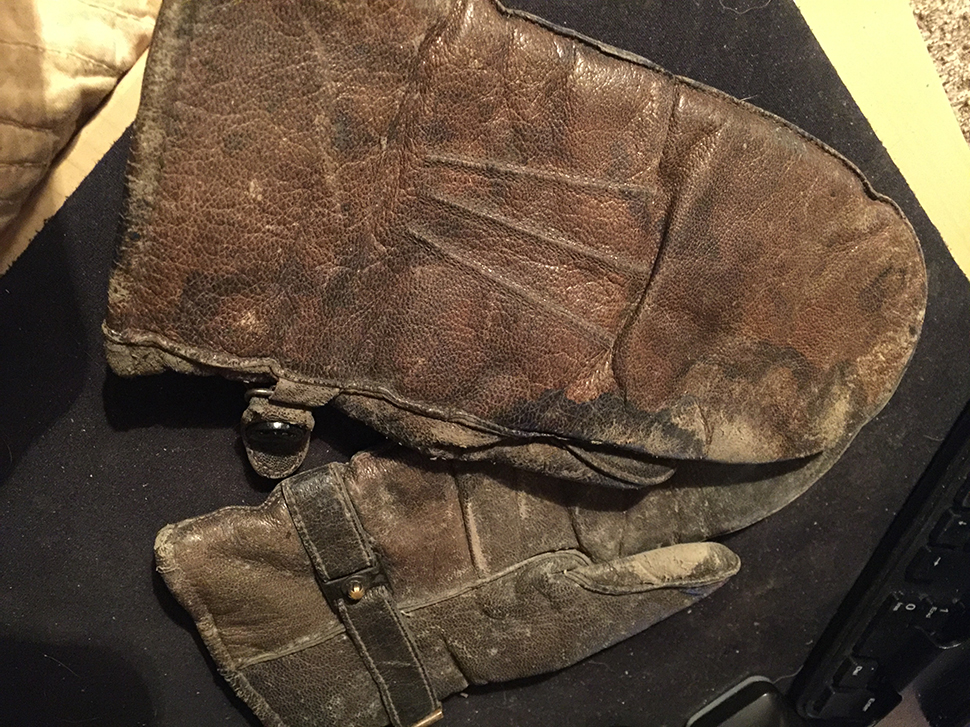
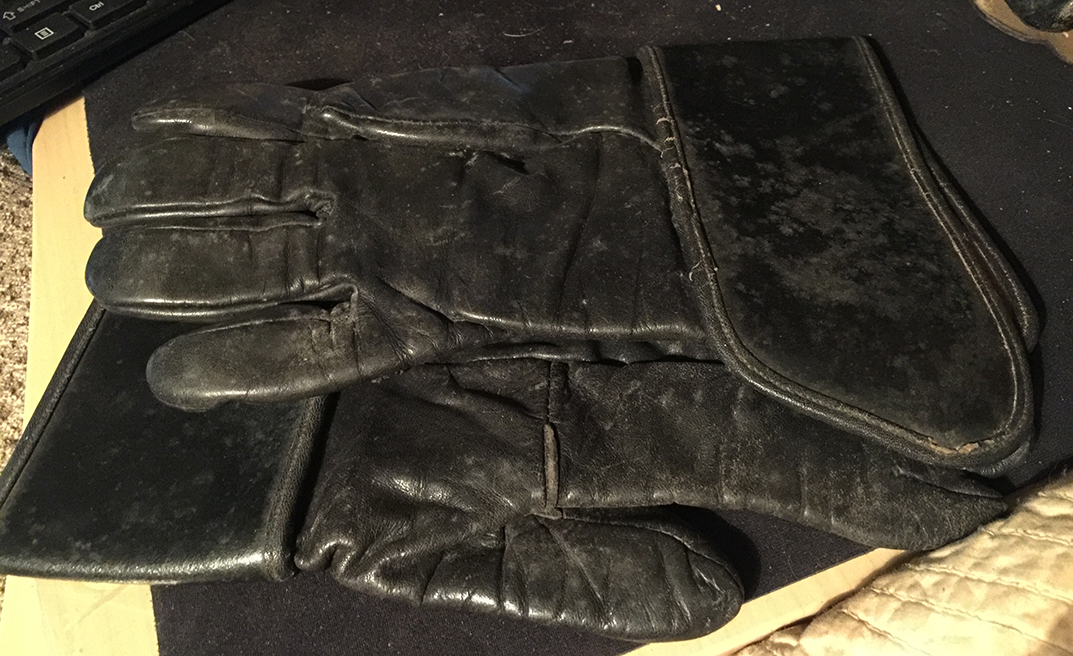

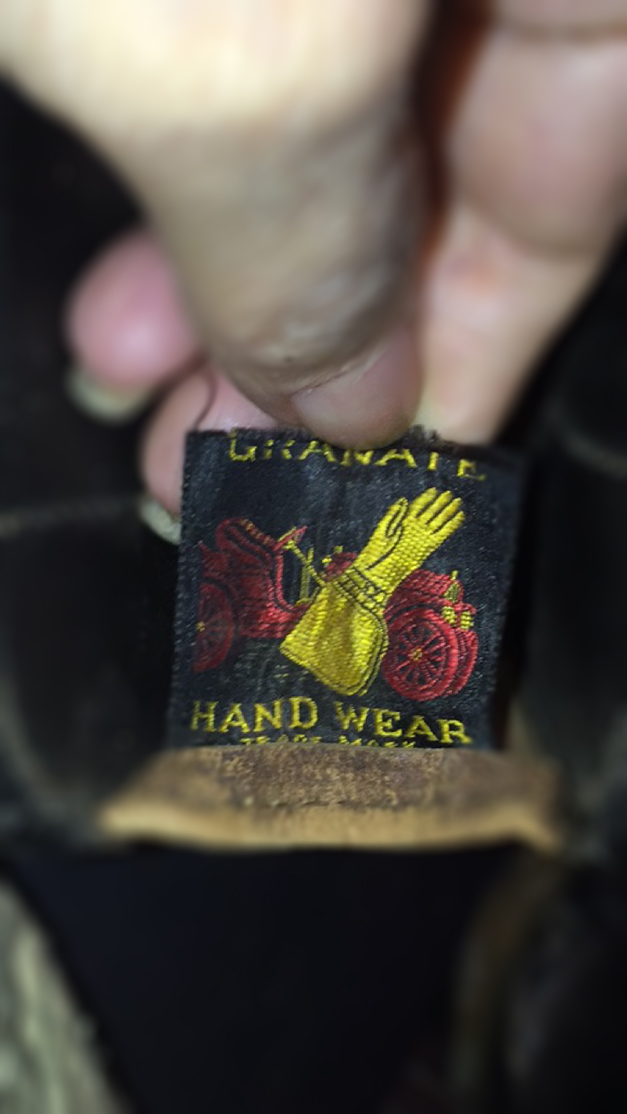
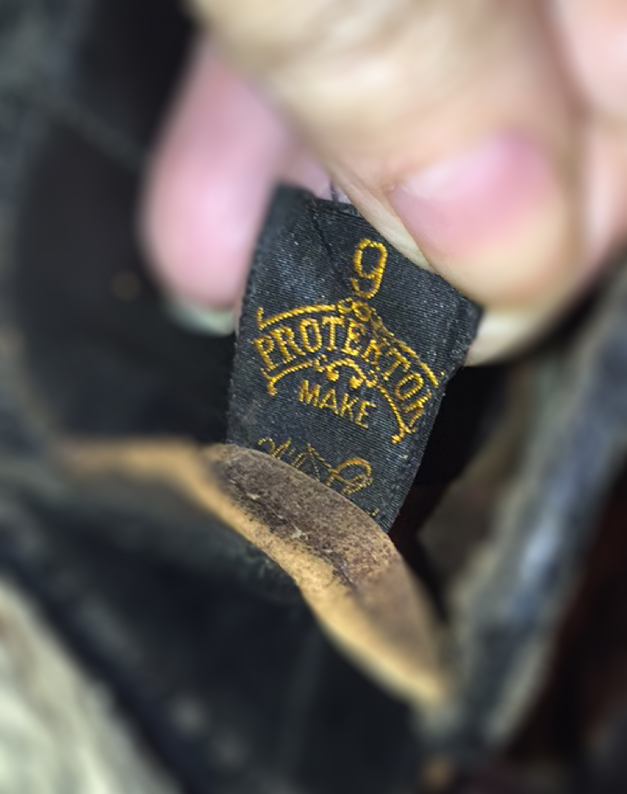
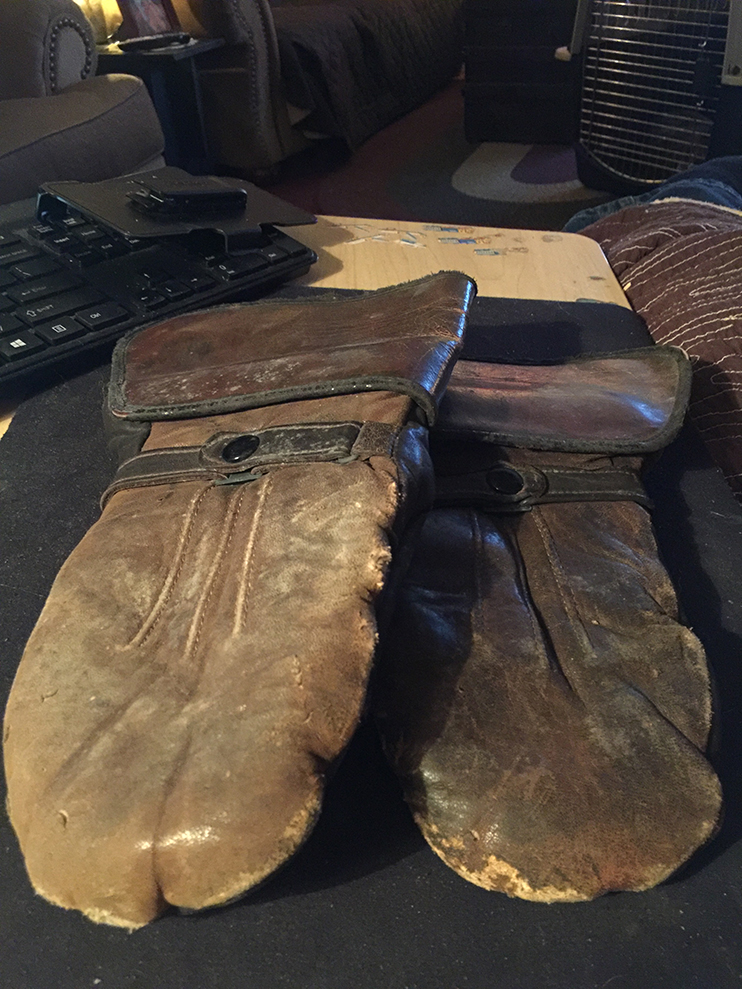

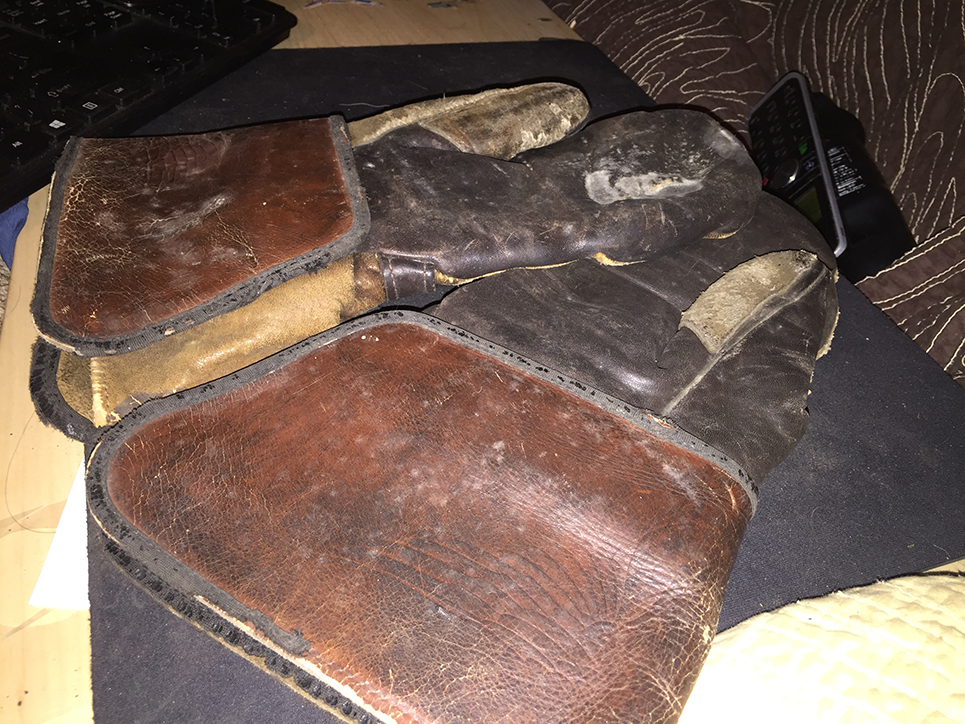
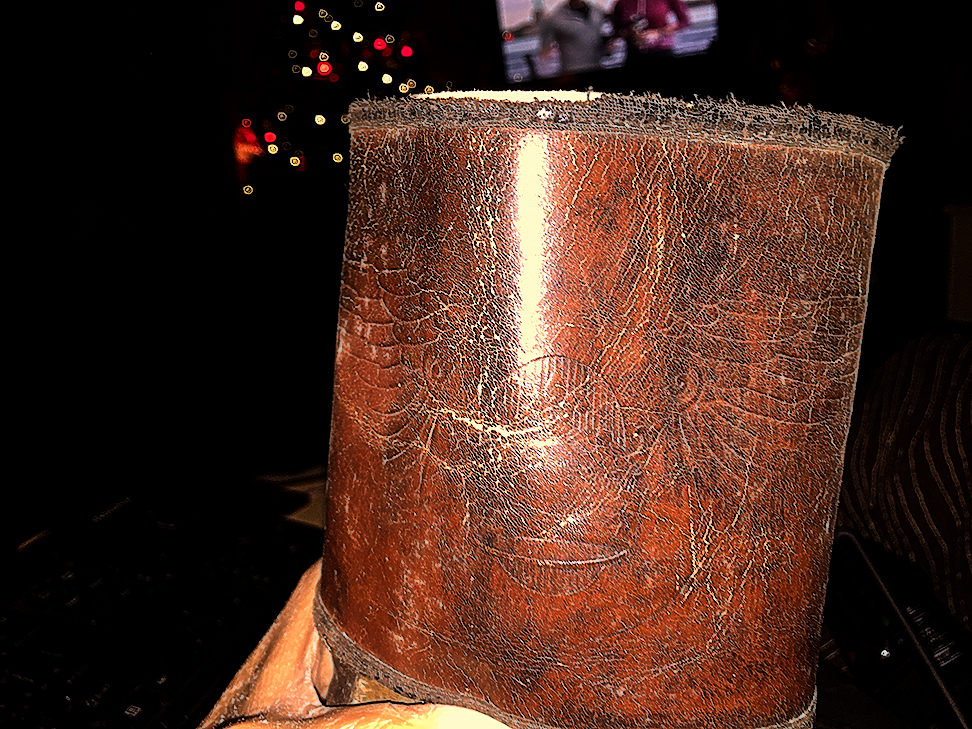
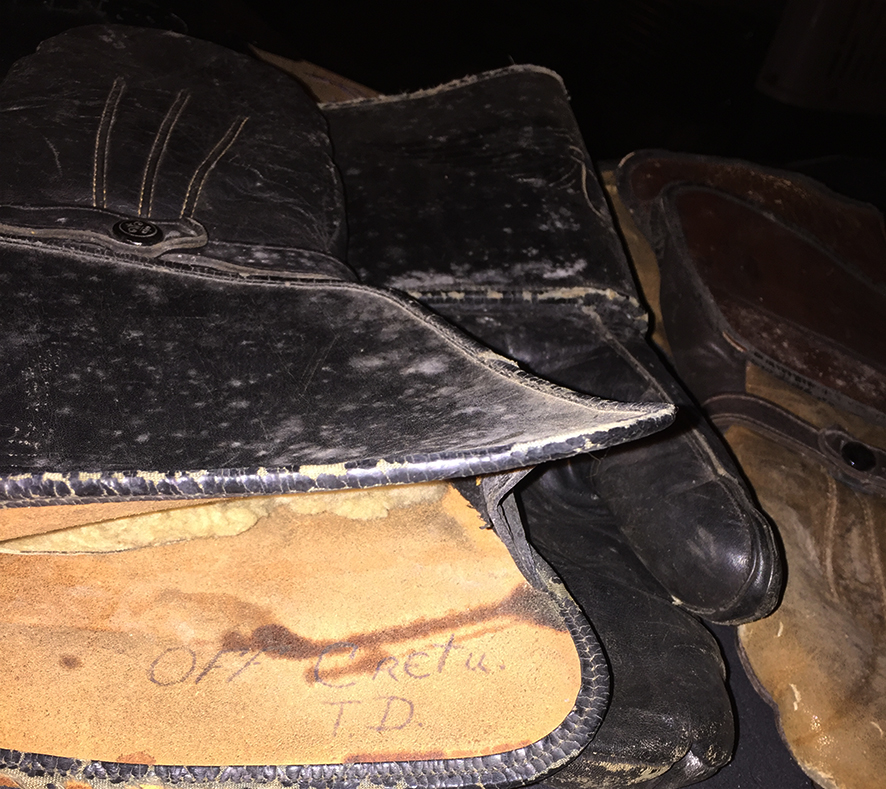


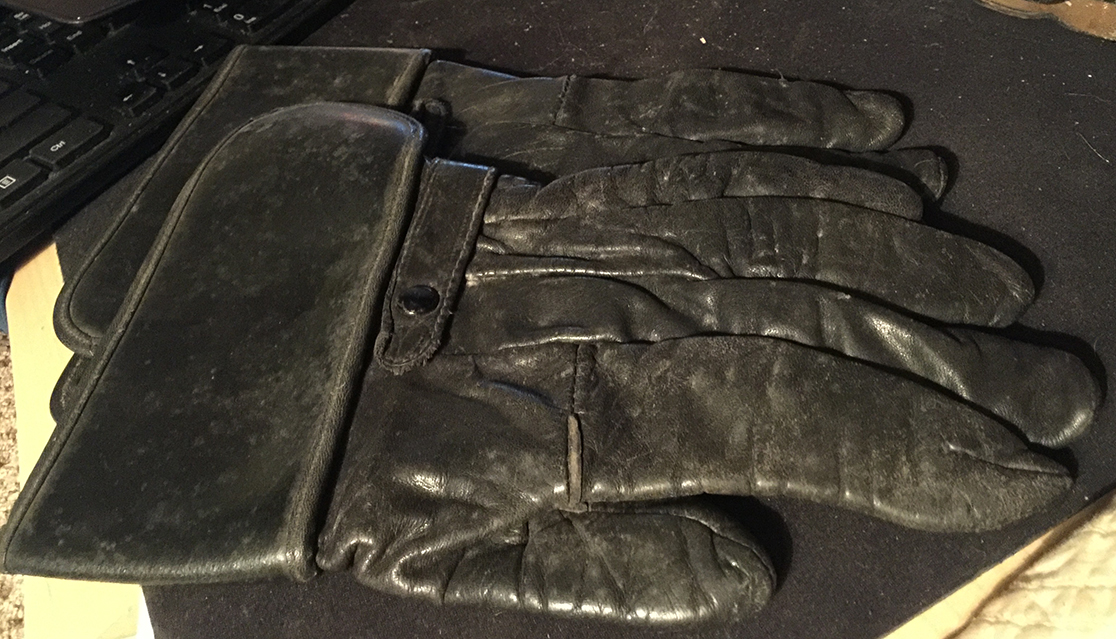

Sidecar link

POLICE INFORMATION
Copies of: Your Baltimore Police Department Class Photo, Pictures of our Officers, Vehicles, Equipment, Newspaper Articles relating to our department and or officers, Old Departmental Newsletters, Lookouts, Wanted Posters, and or Brochures. Information on Deceased Officers and anything that may help Preserve the History and Proud Traditions of this agency. Please contact Retired Detective Kenny Driscoll.
This email address is being protected from spambots. You need JavaScript enabled to view it.

NOTICE
How to Dispose of Old Police Items
Please contact Det. Ret. Kenny Driscoll if you have any pictures of you or your family members and wish them remembered here on this tribute site to Honor the fine men and women who have served with Honor and Distinction at the Baltimore Police Department.
Anyone with information, photographs, memorabilia, or other "Baltimore City Police" items can contact Ret. Det. Kenny Driscoll at This email address is being protected from spambots. You need JavaScript enabled to view it. follow us on Twitter @BaltoPoliceHist or like us on Facebook or mail pics to 8138 Dundalk Ave. Baltimore Md. 21222
Copyright © 2002 Baltimore City Police History - Ret Det Kenny Driscoll

































 This is not a Baltimore Motorcycle and Sidecar
This is not a Baltimore Motorcycle and Sidecar Motors Sketch
Motors Sketch

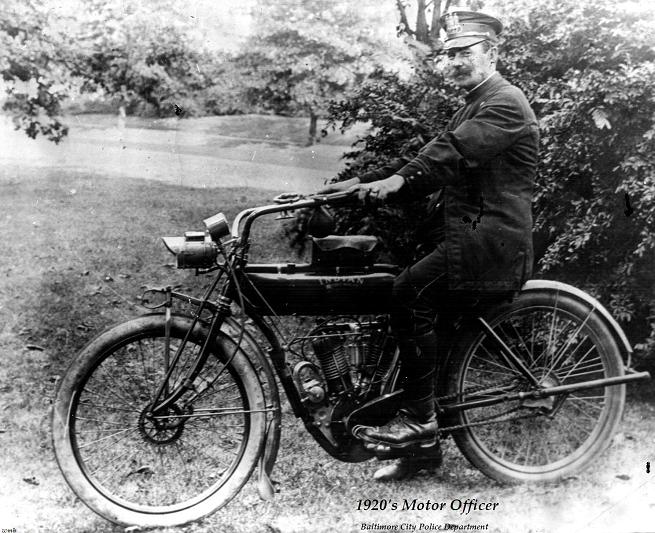
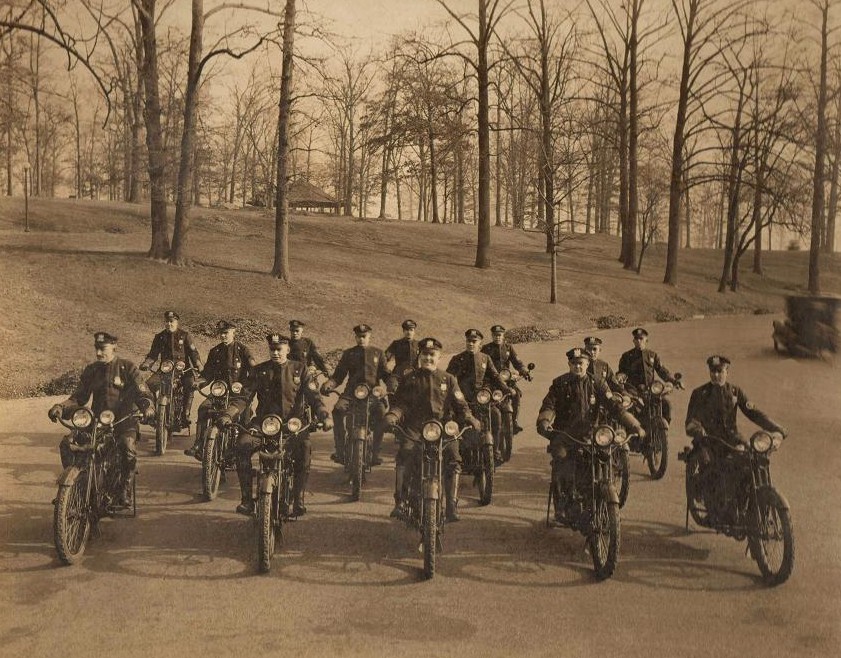

















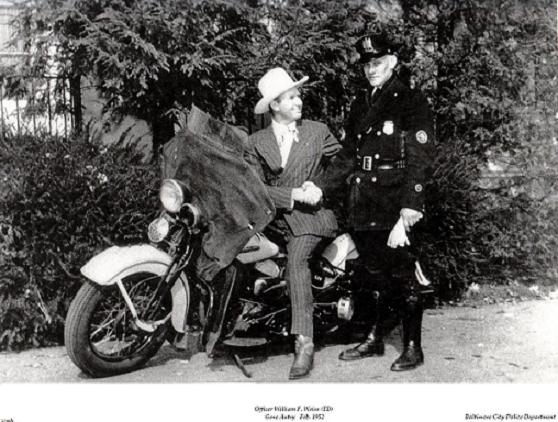












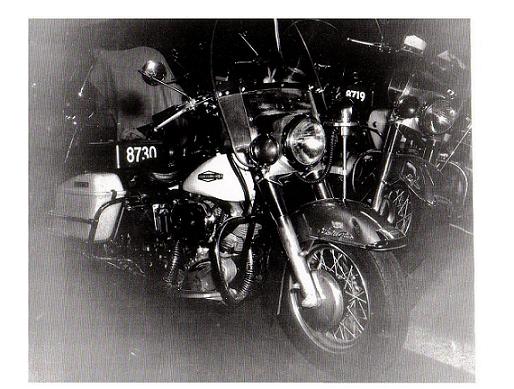



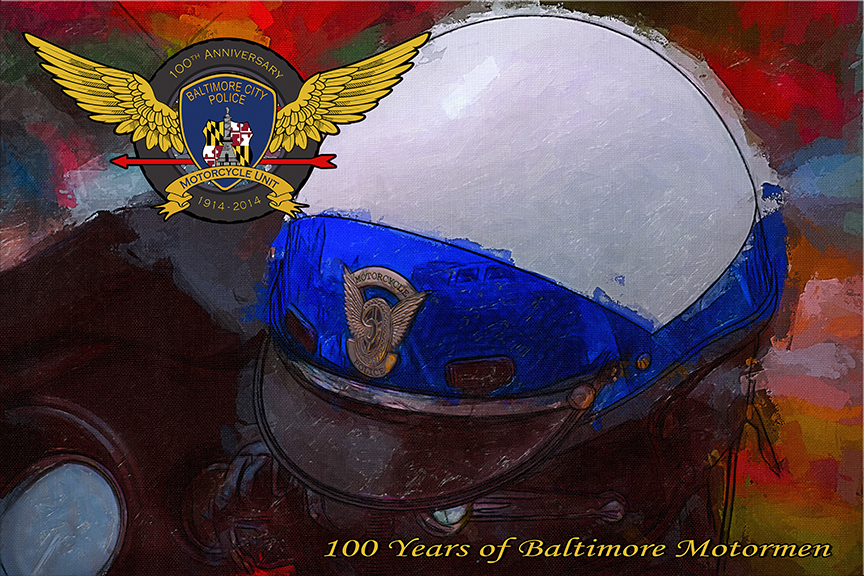

















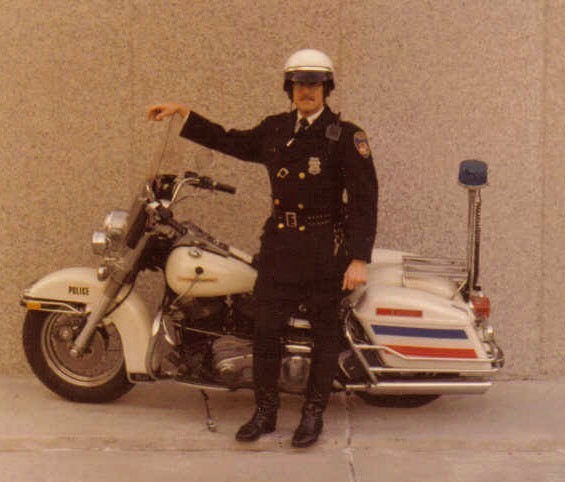
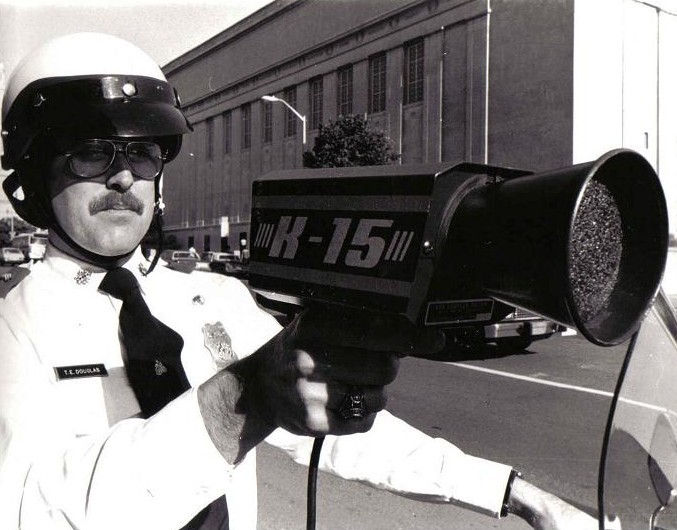
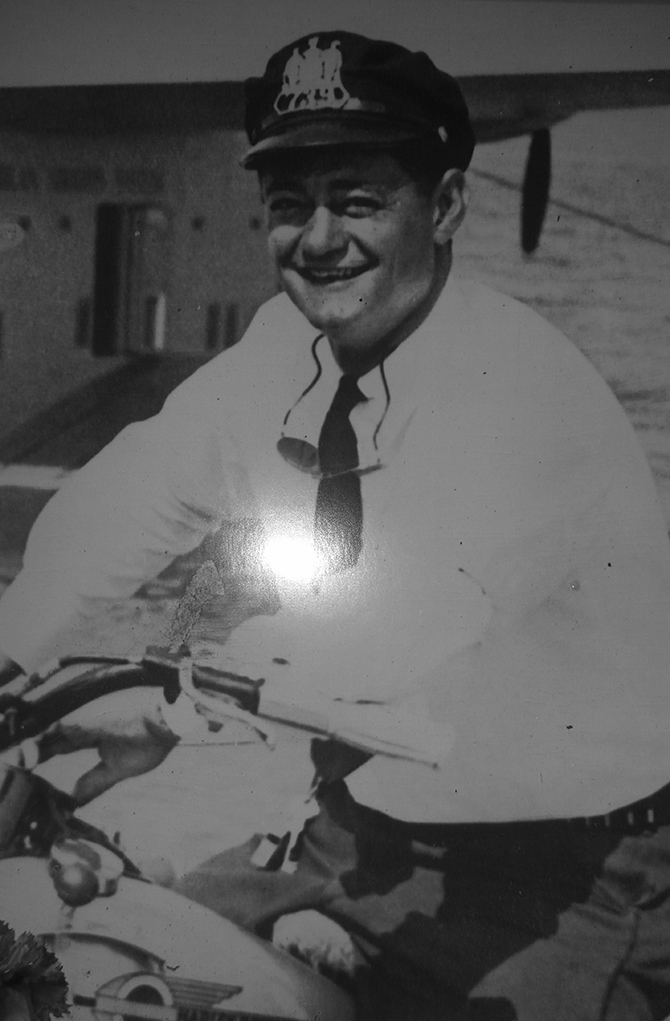
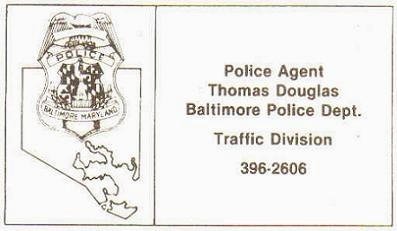
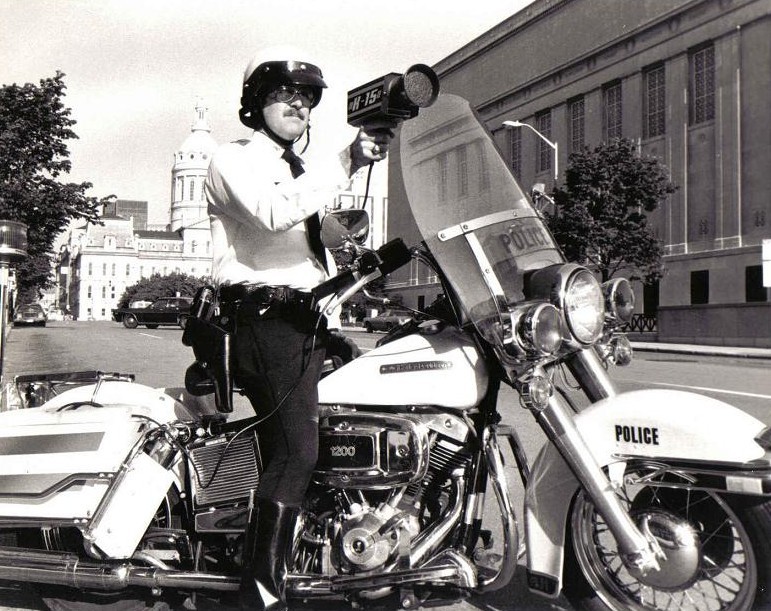

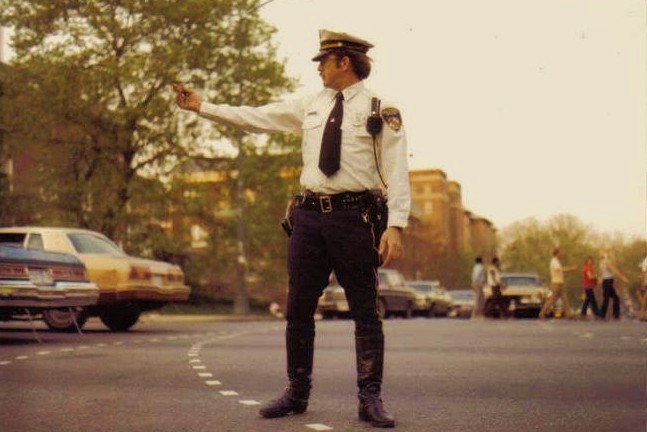






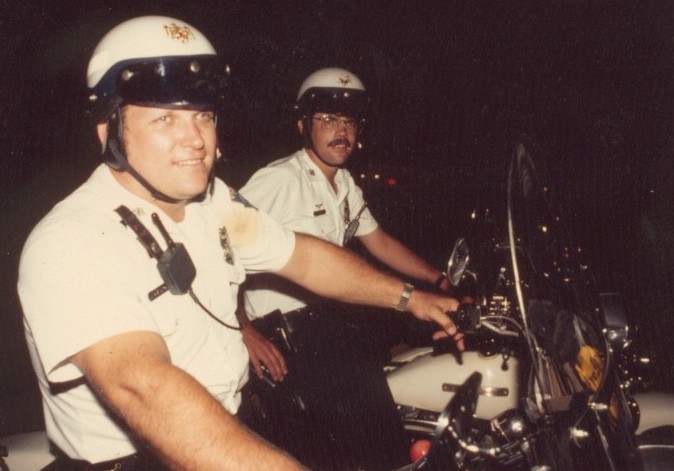


 Lieutenant Anthony Brown
Lieutenant Anthony Brown














